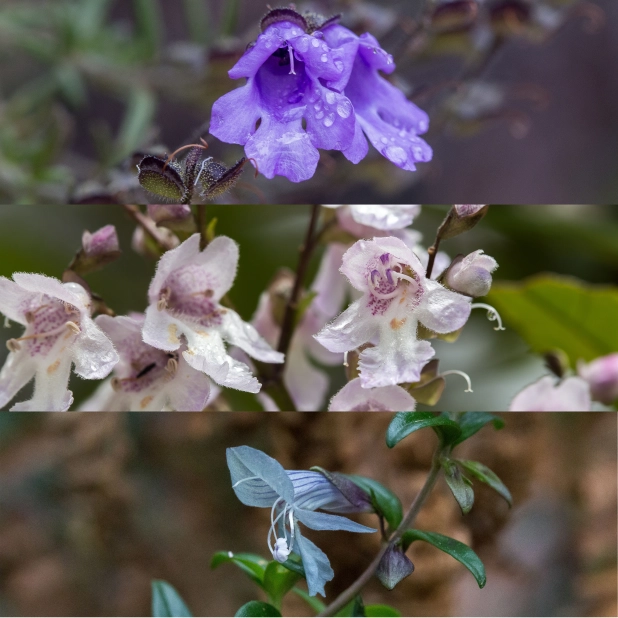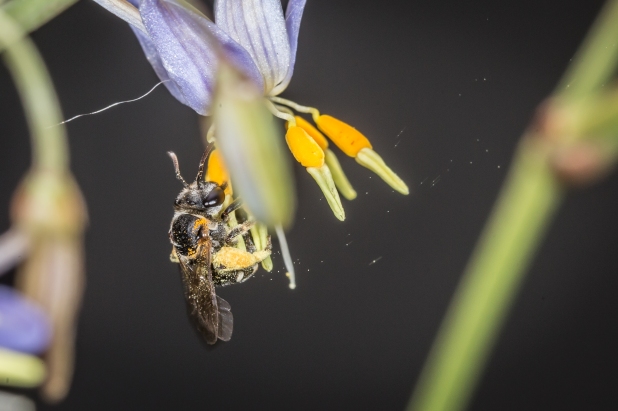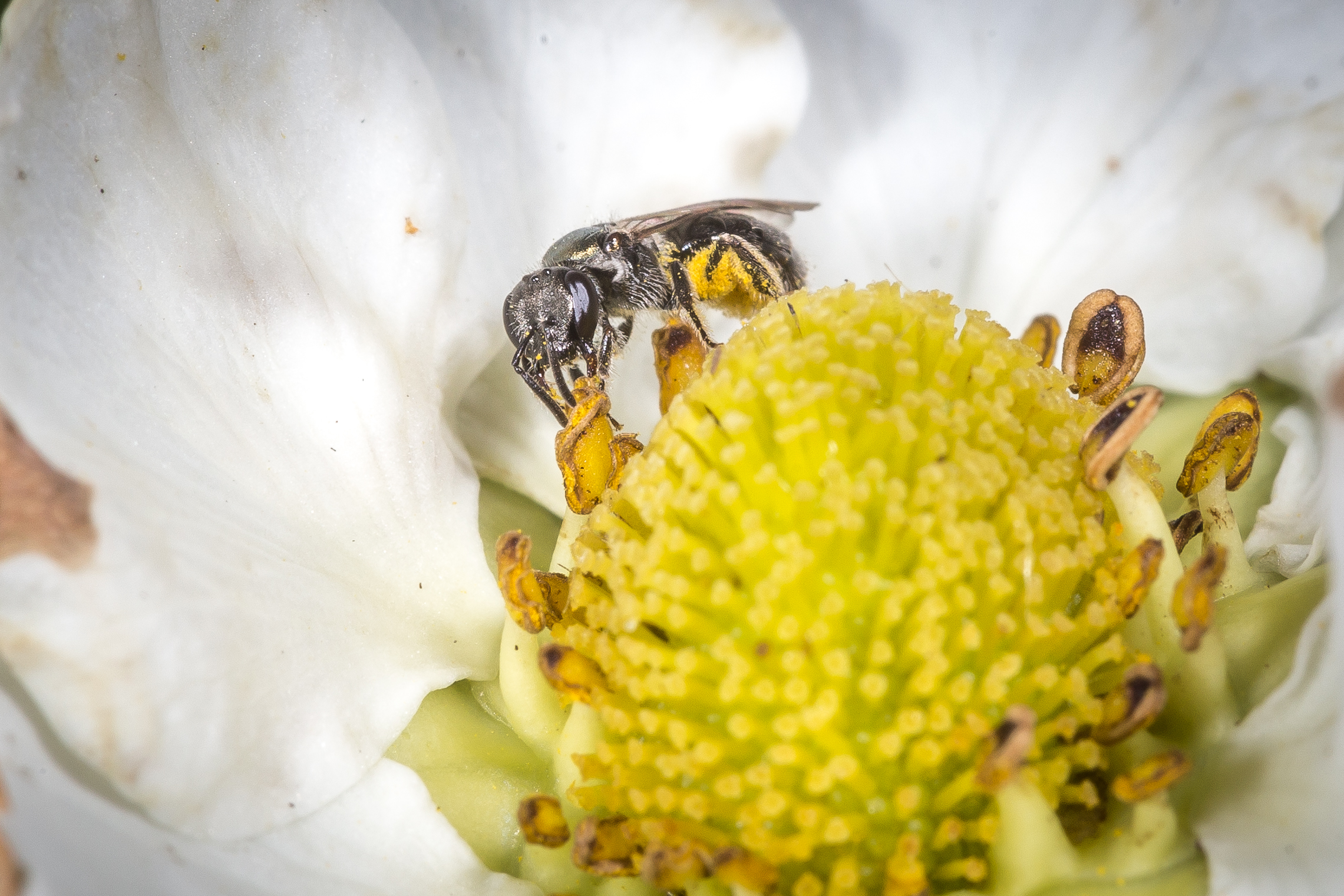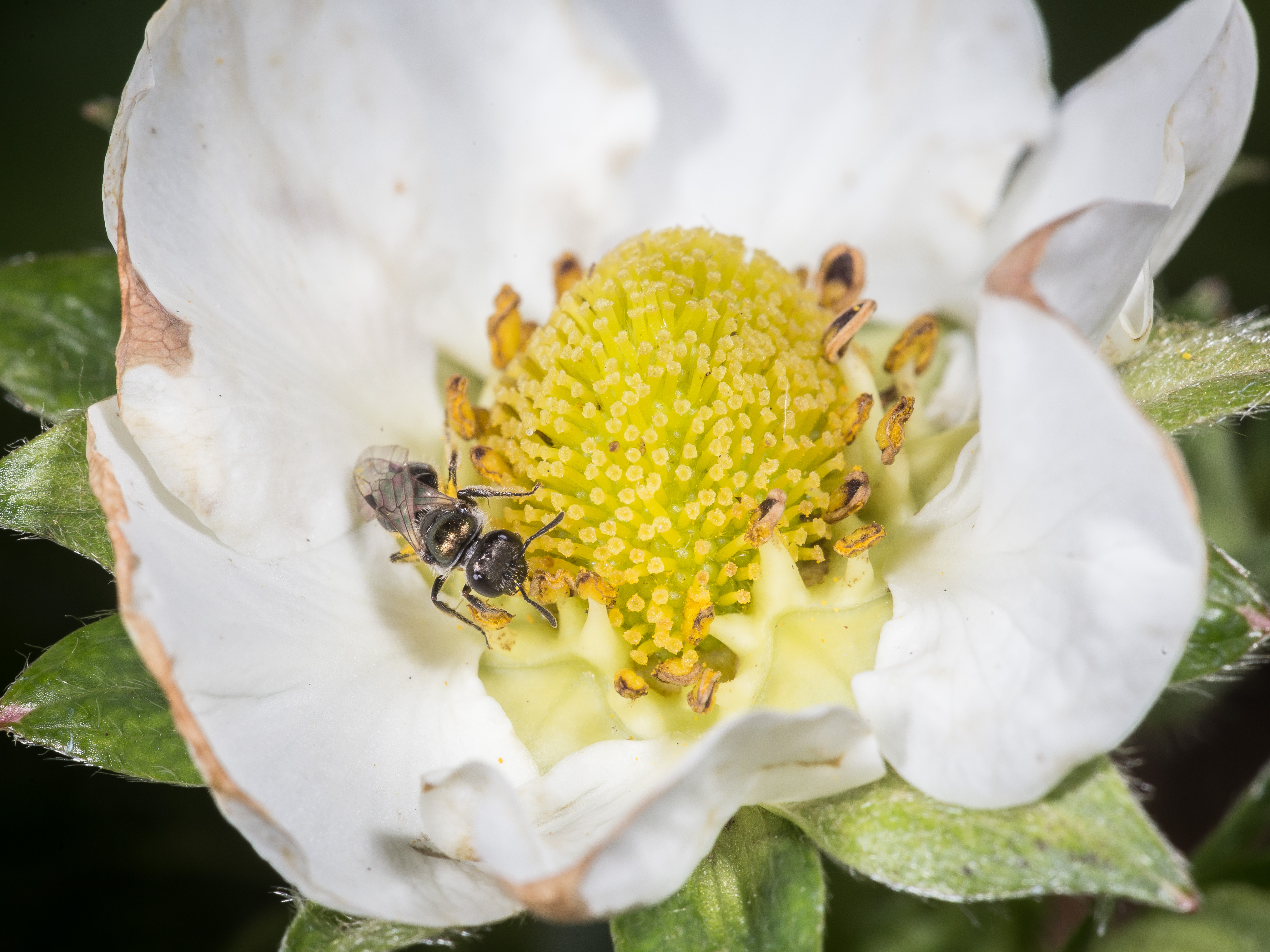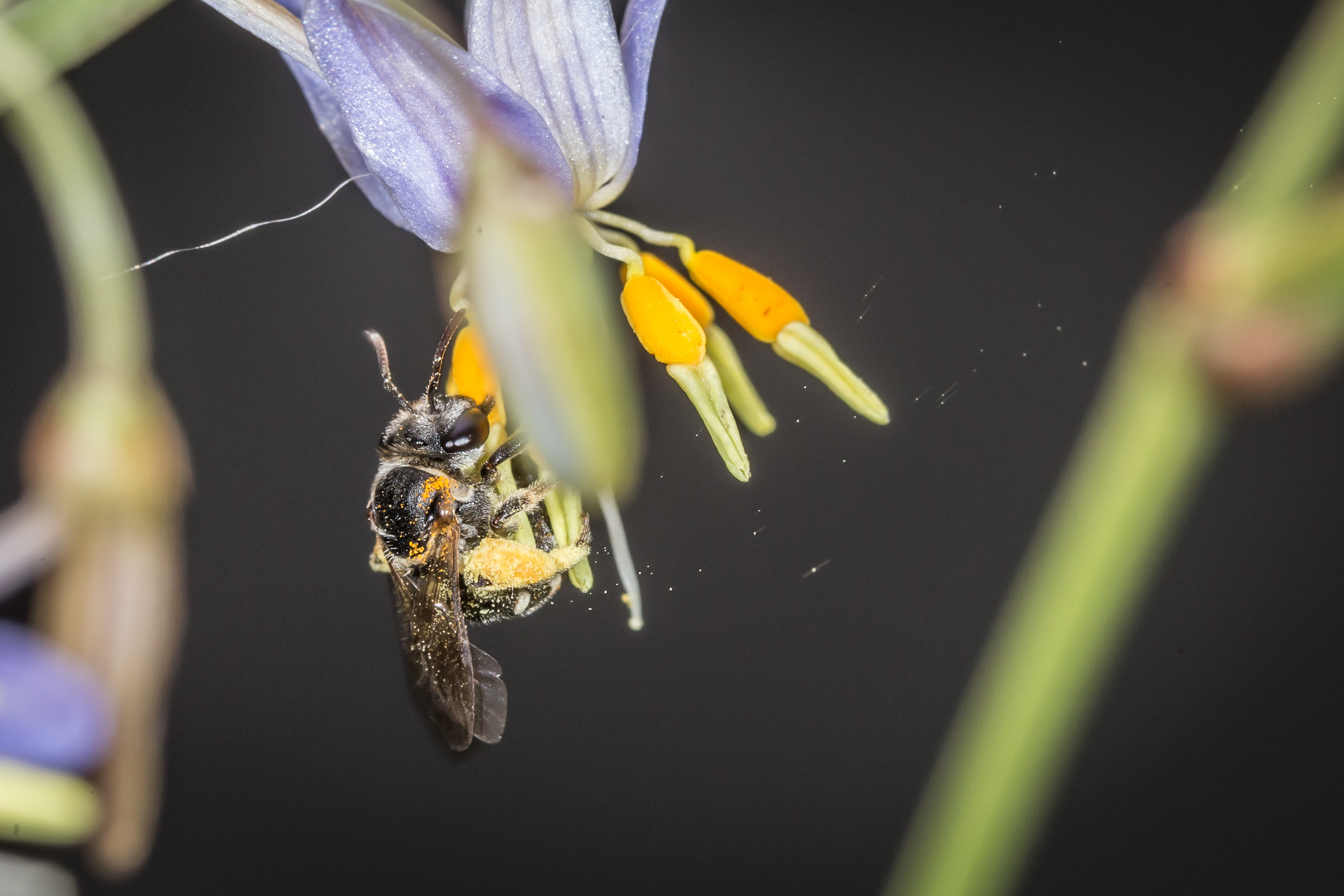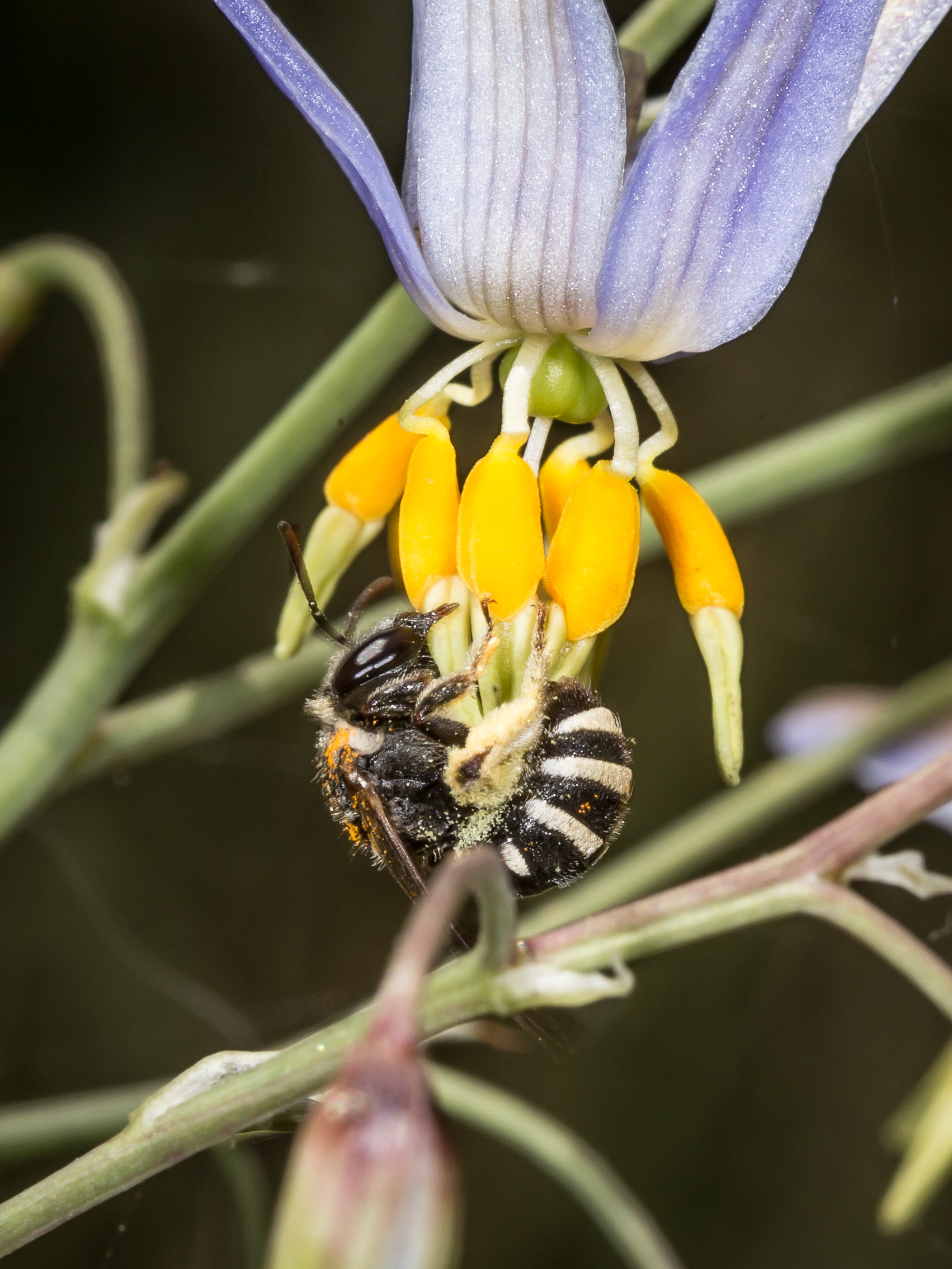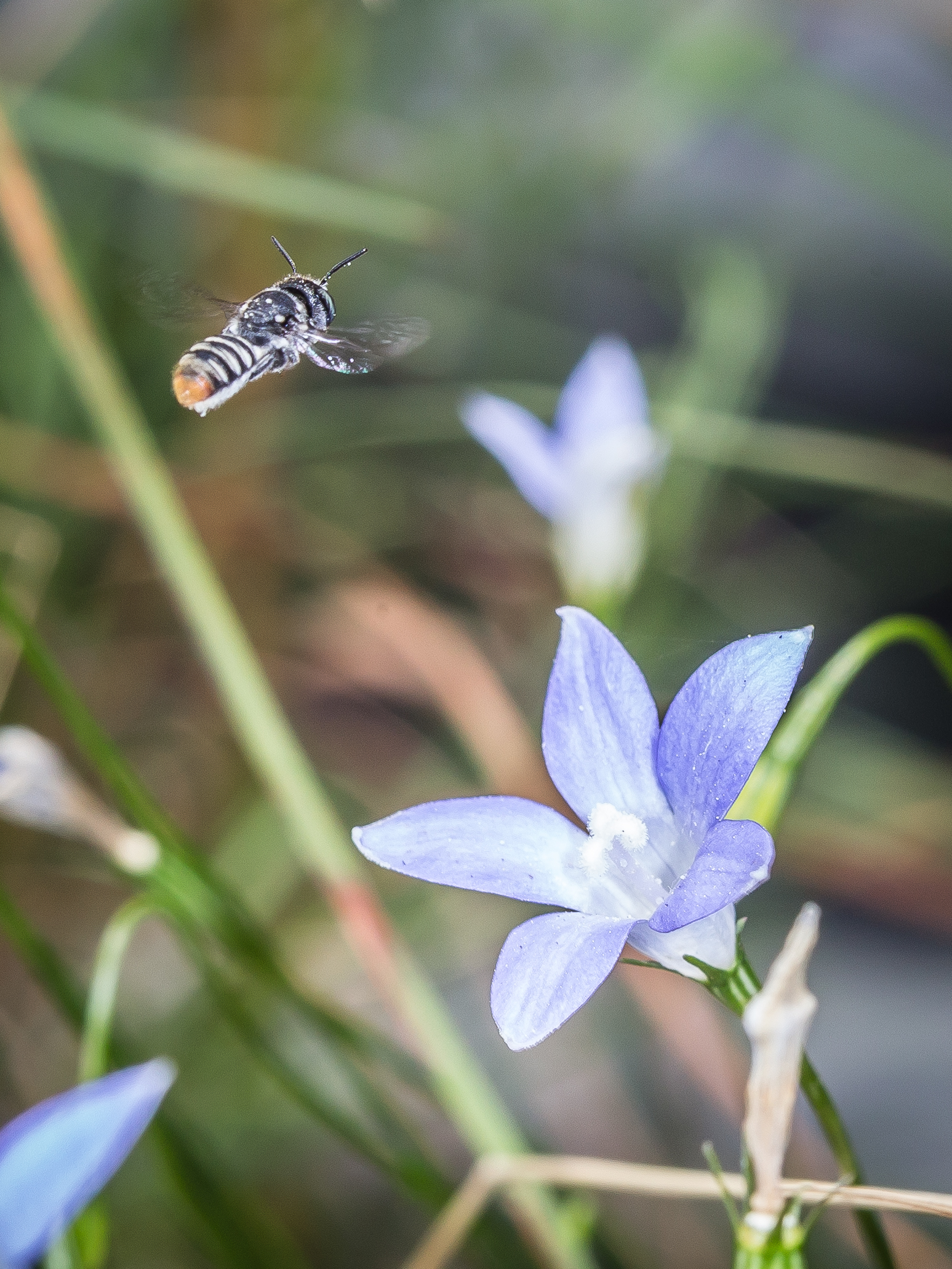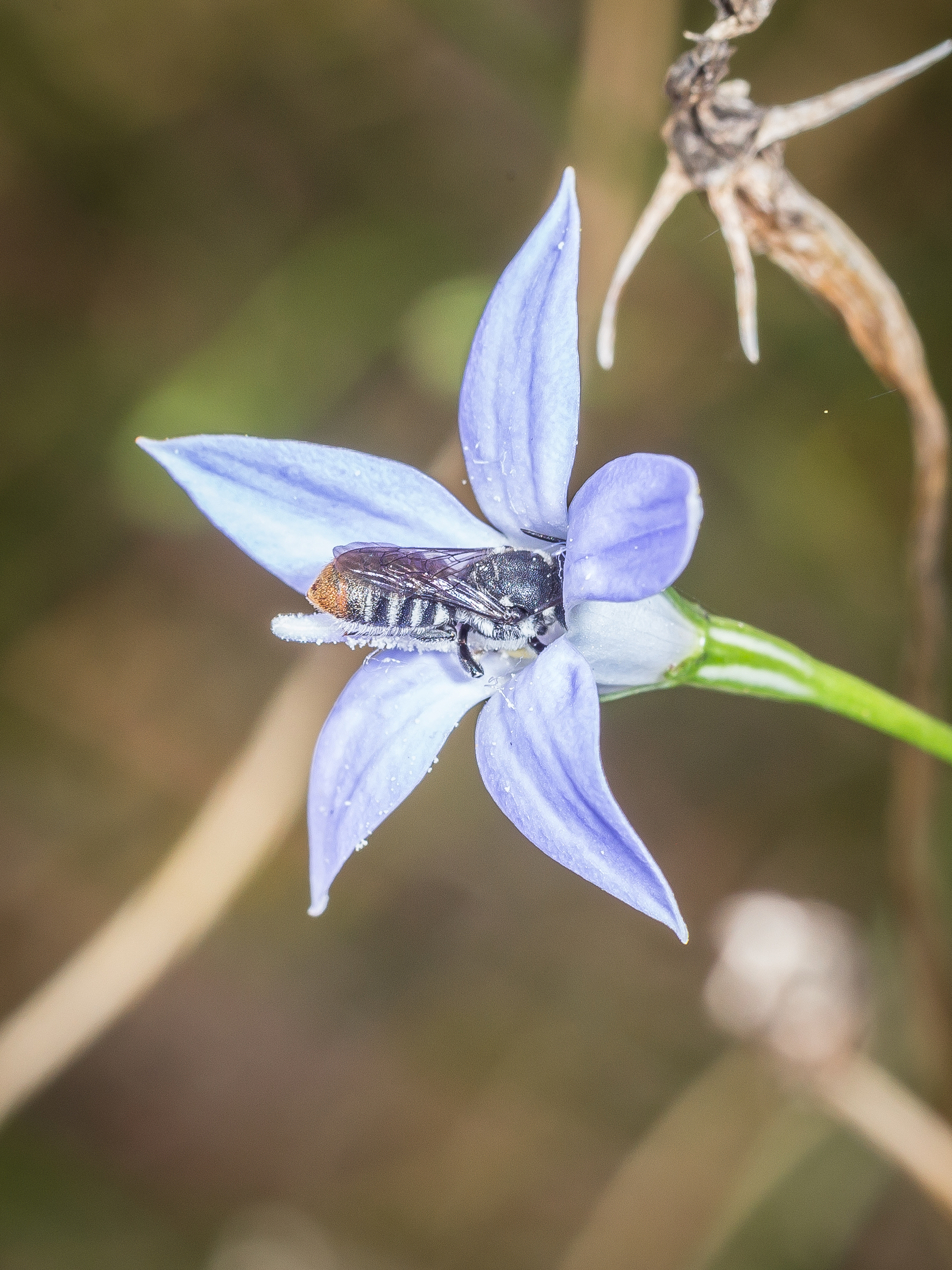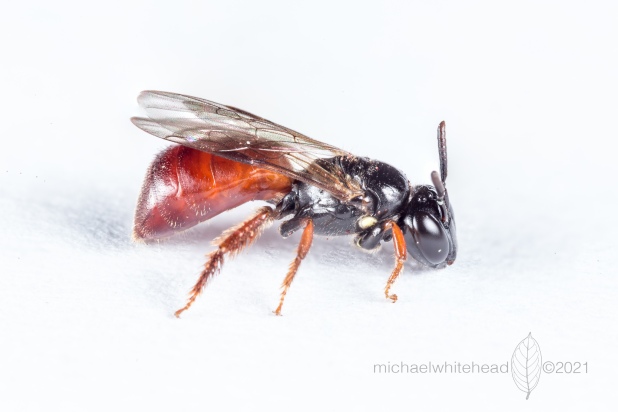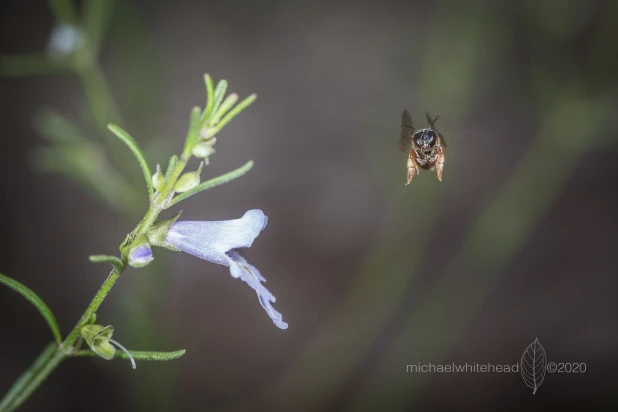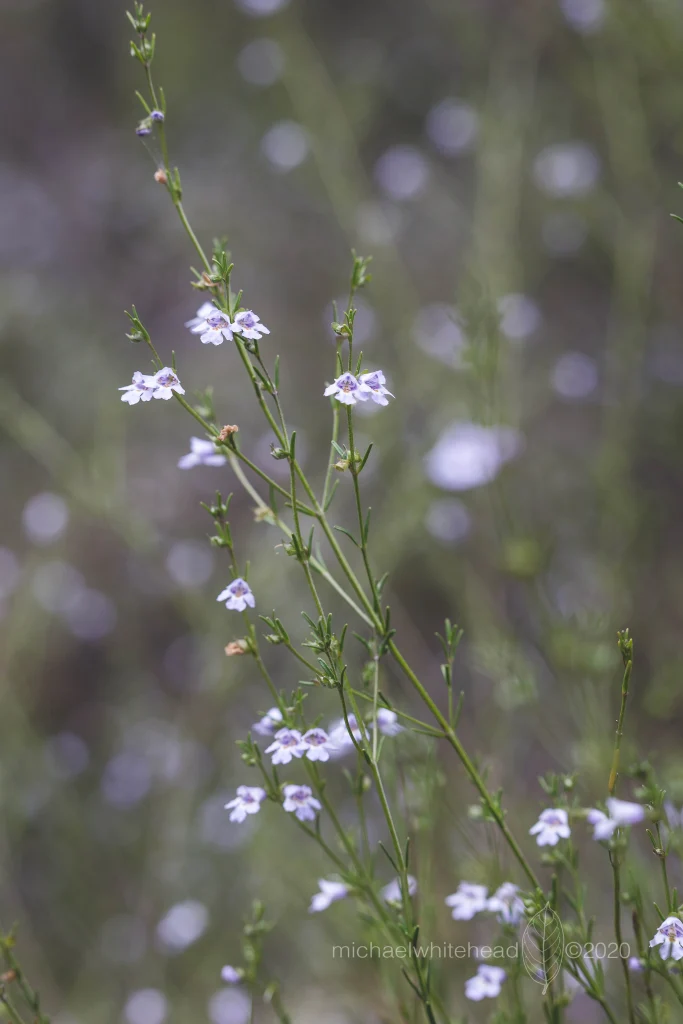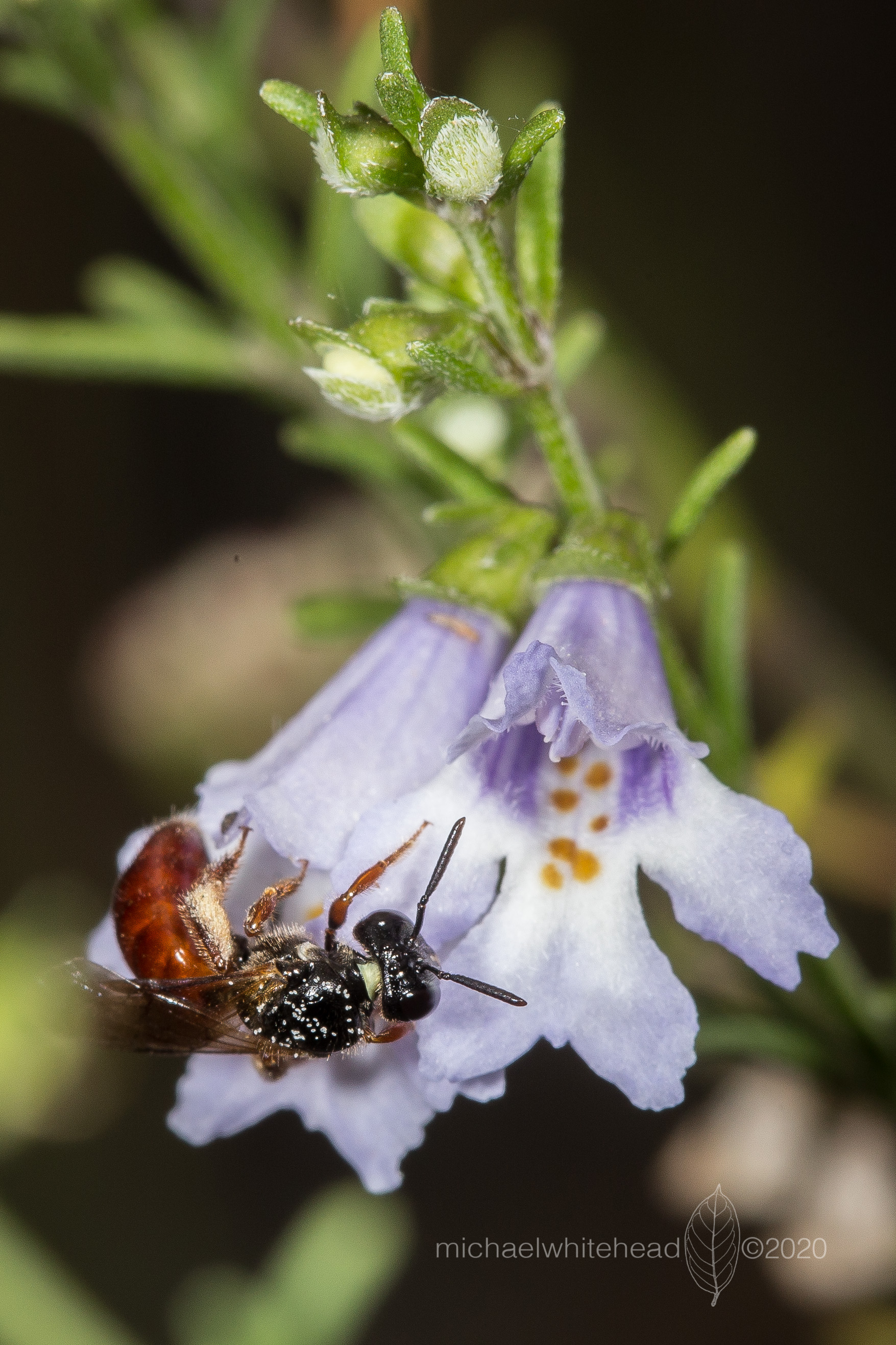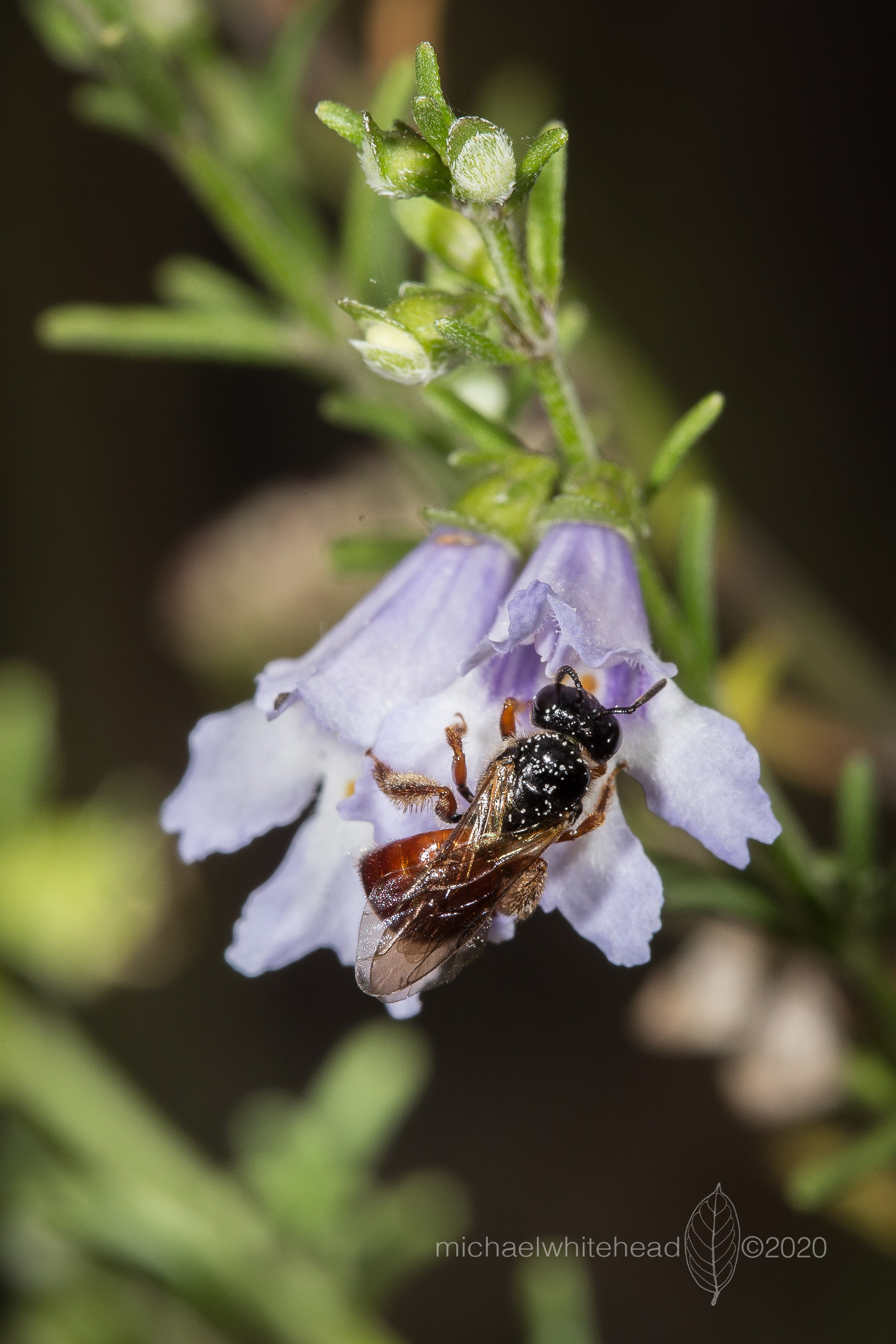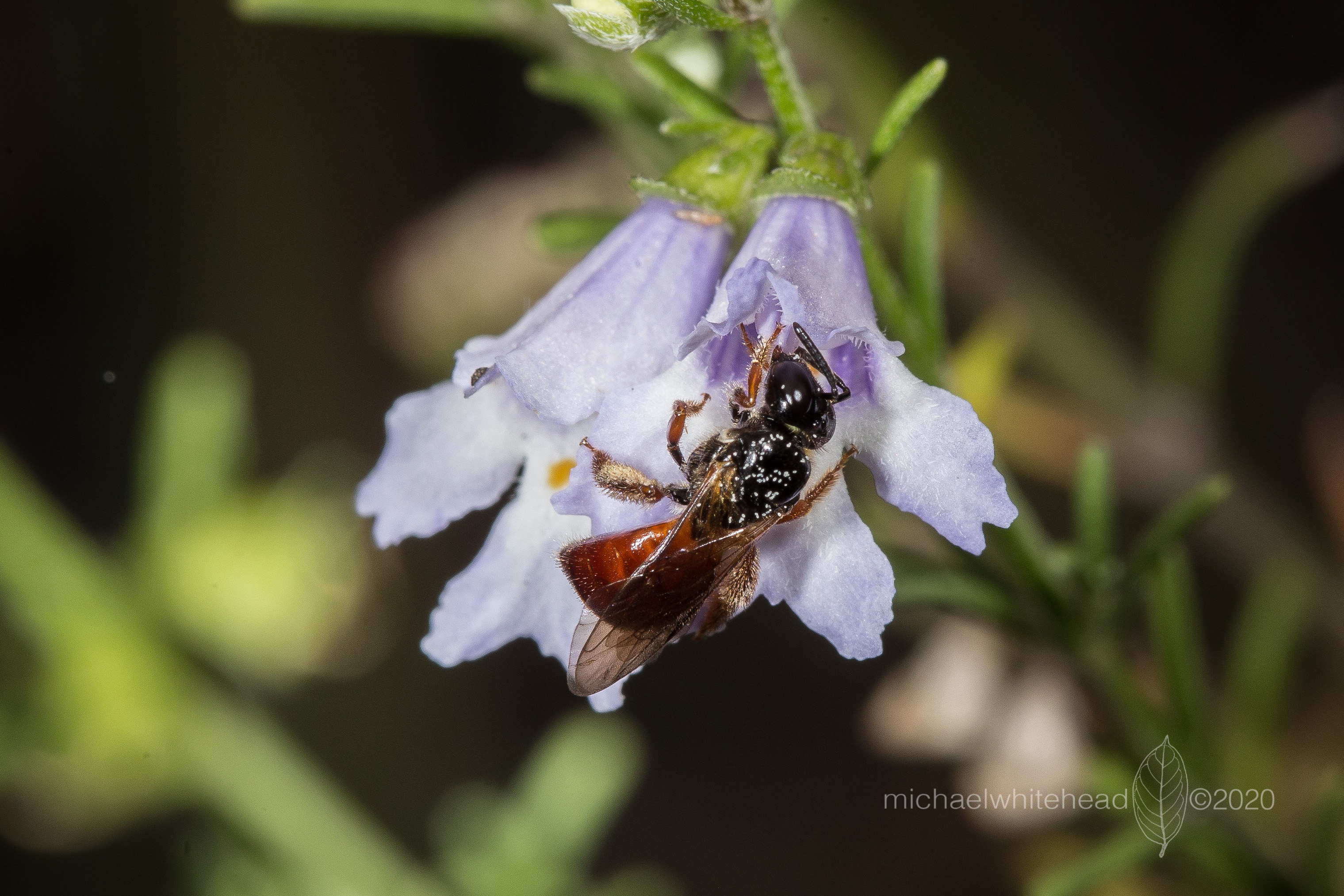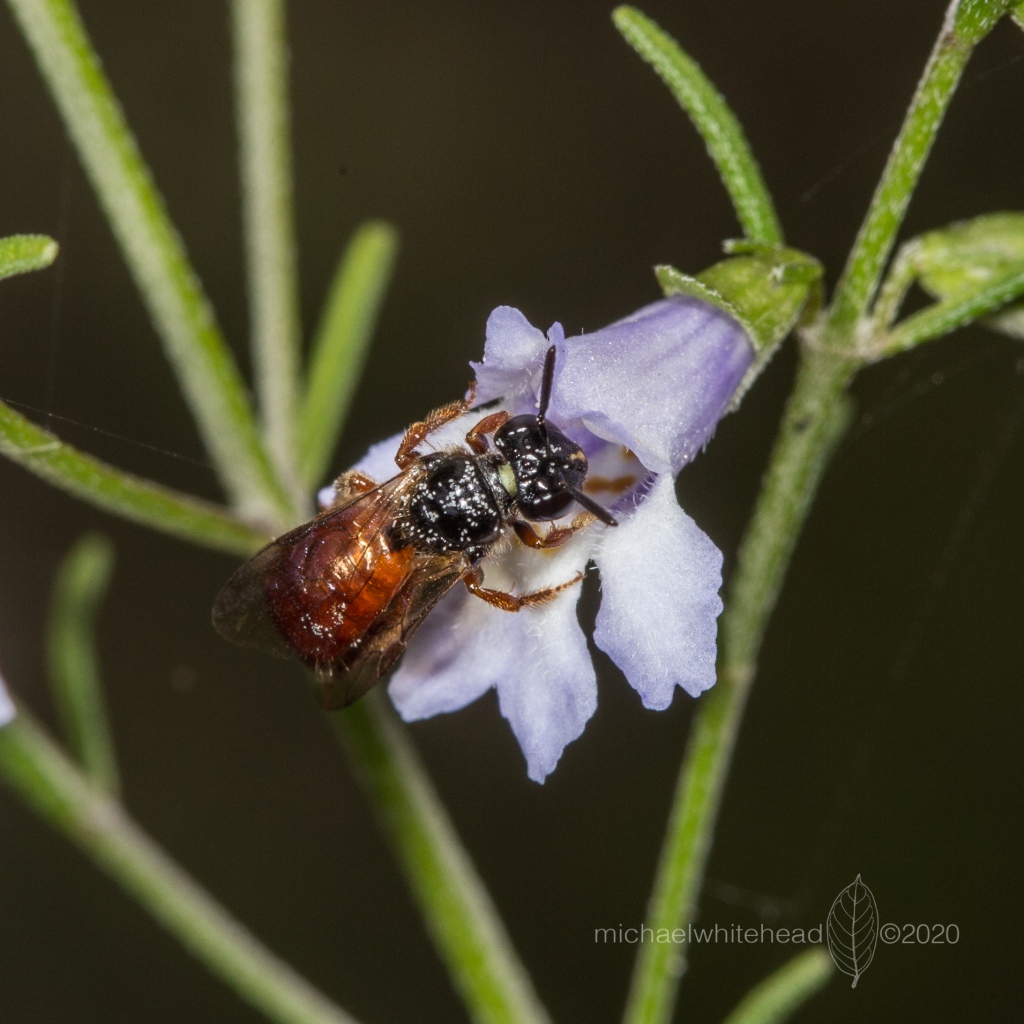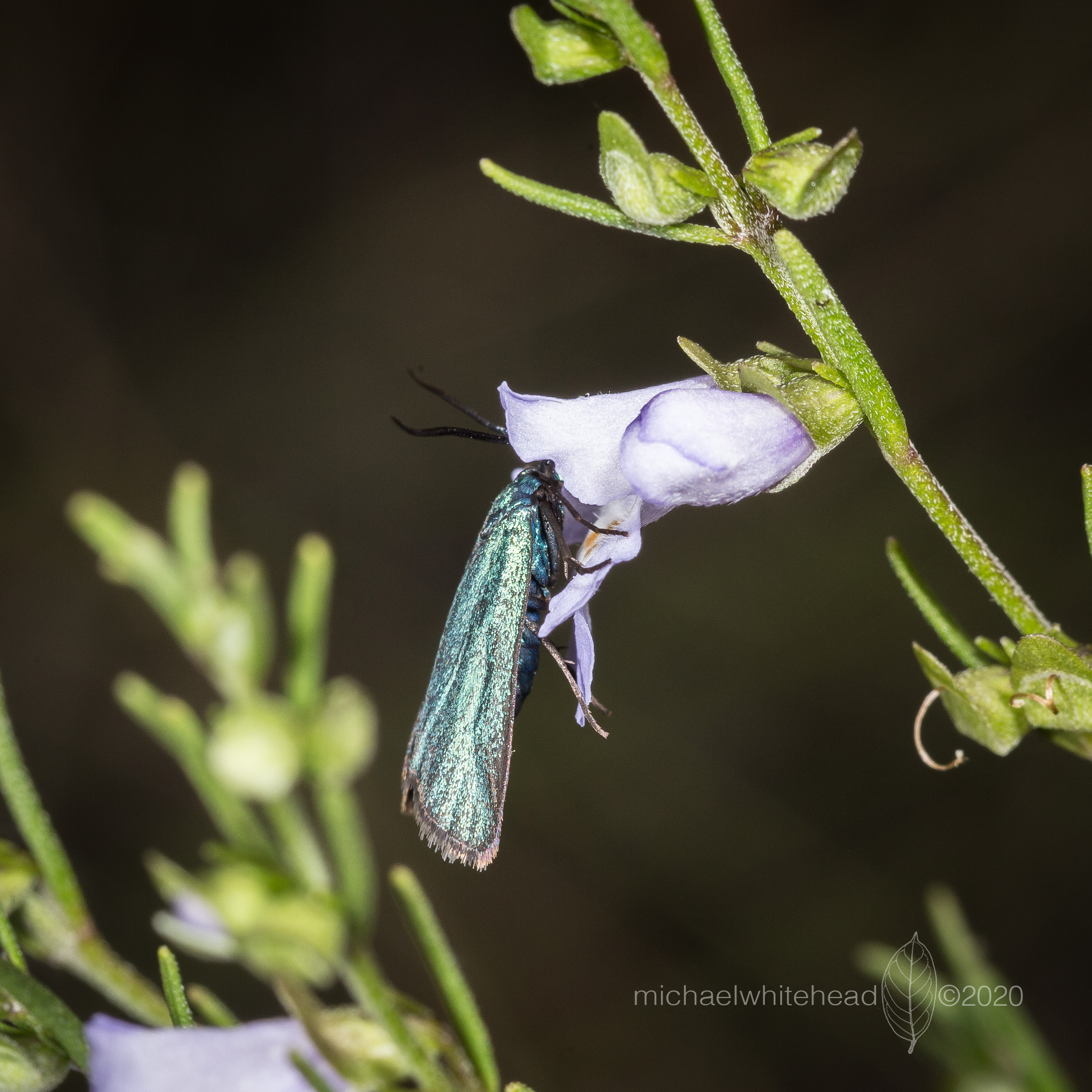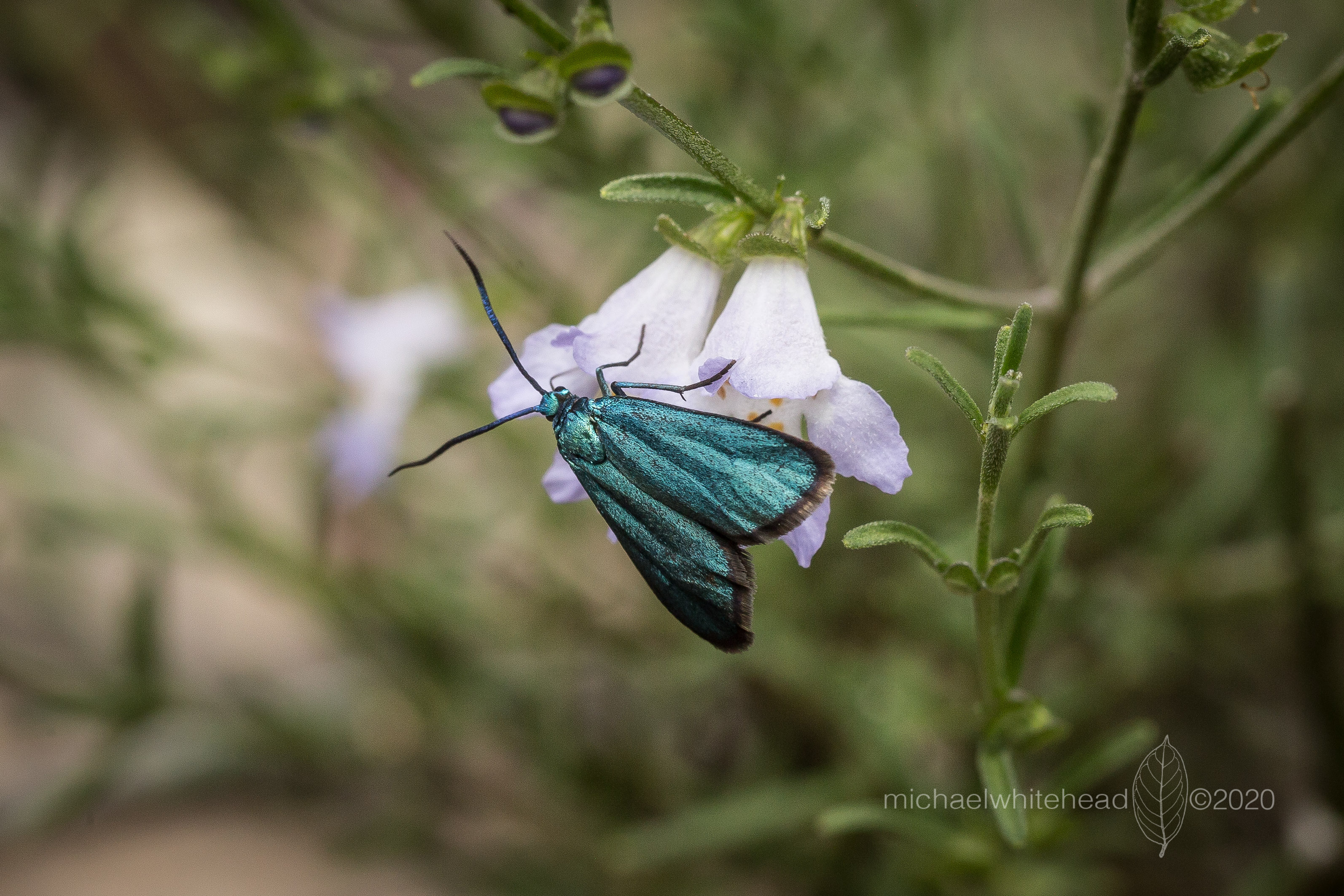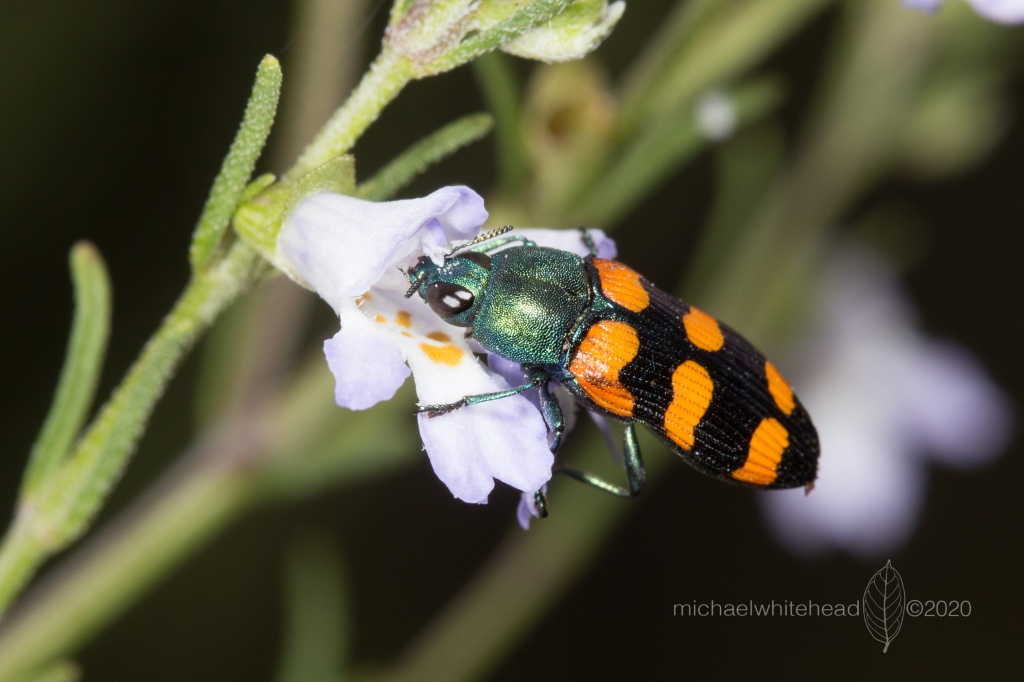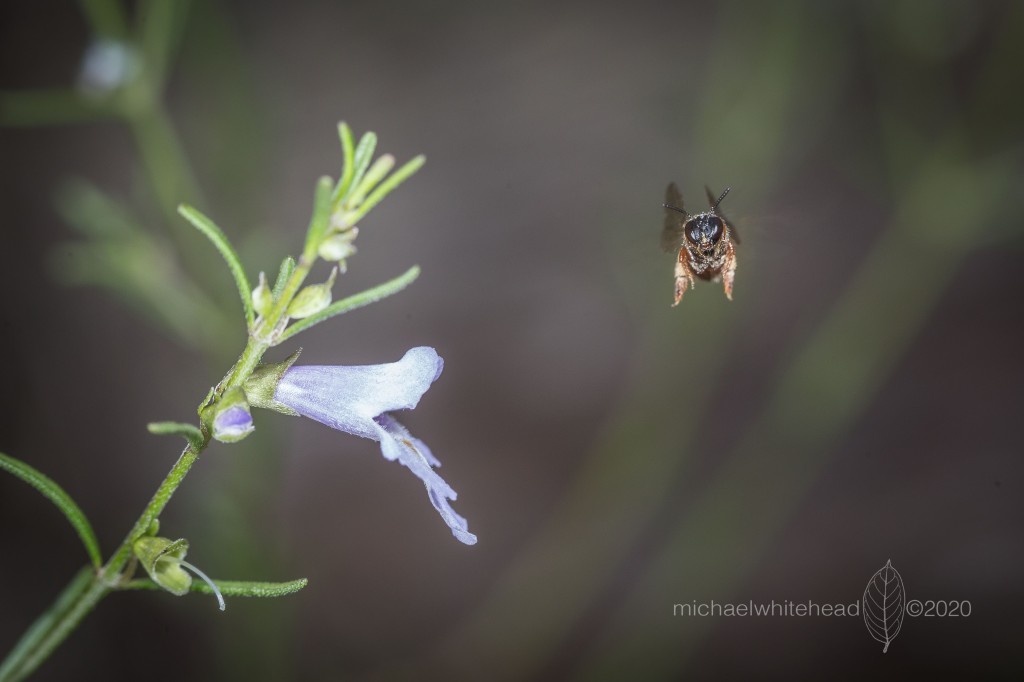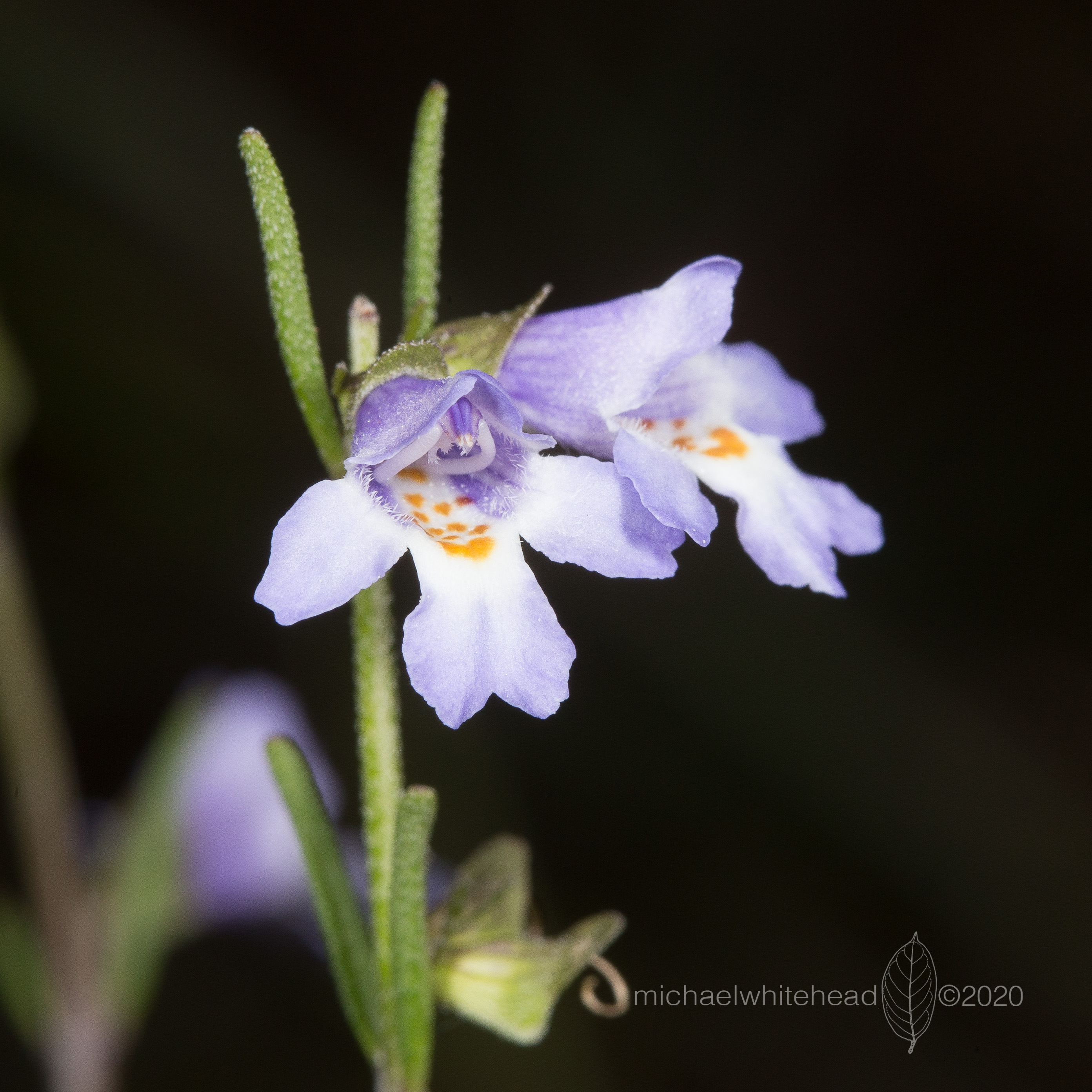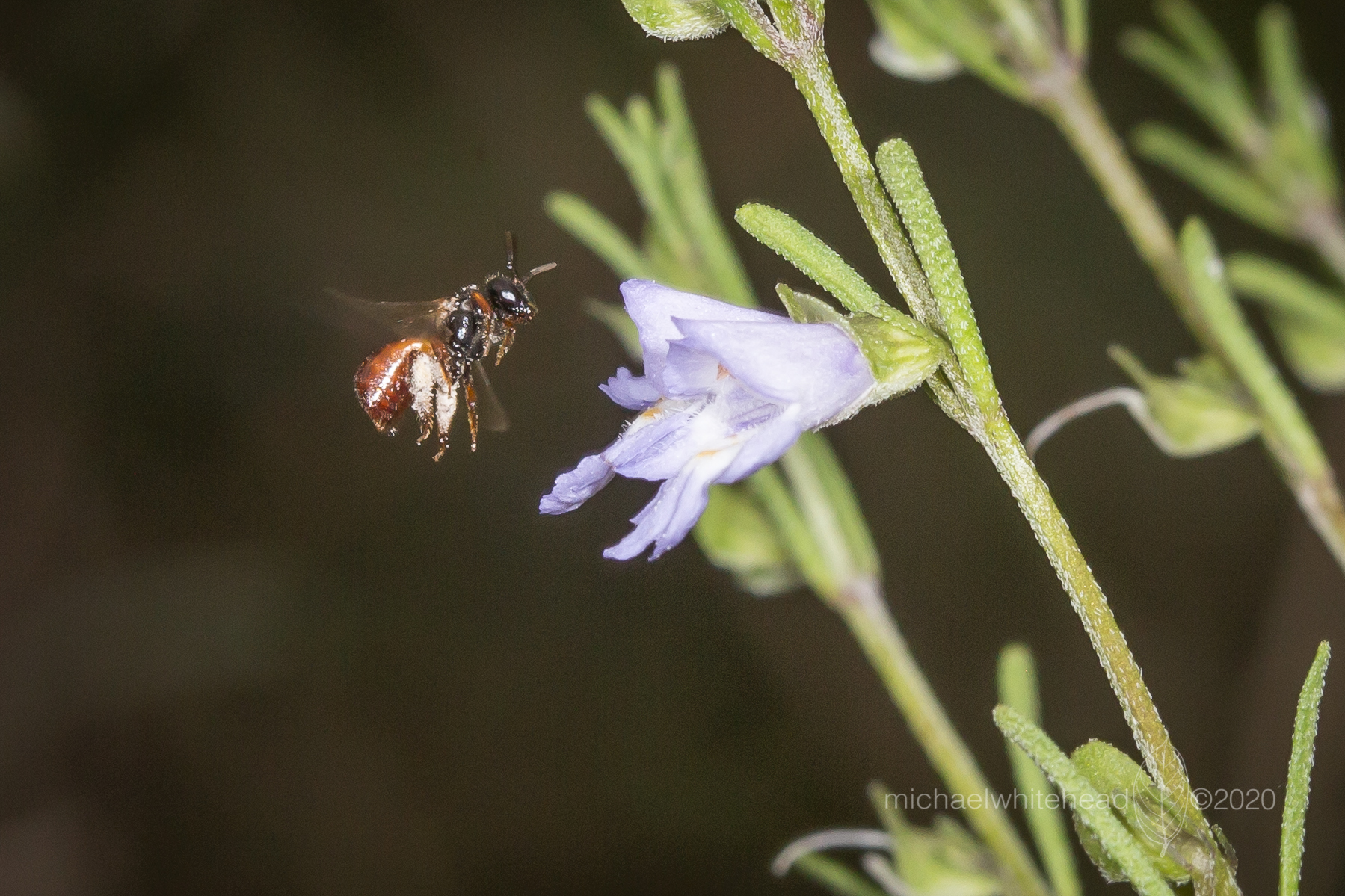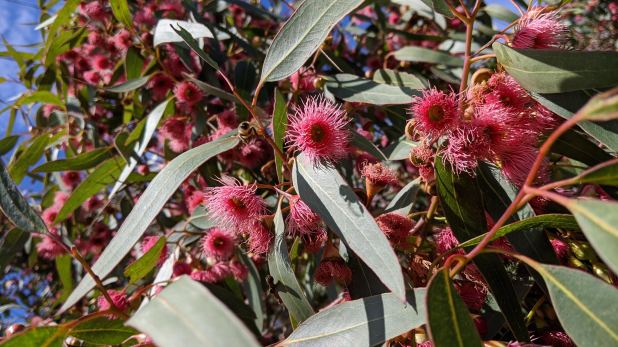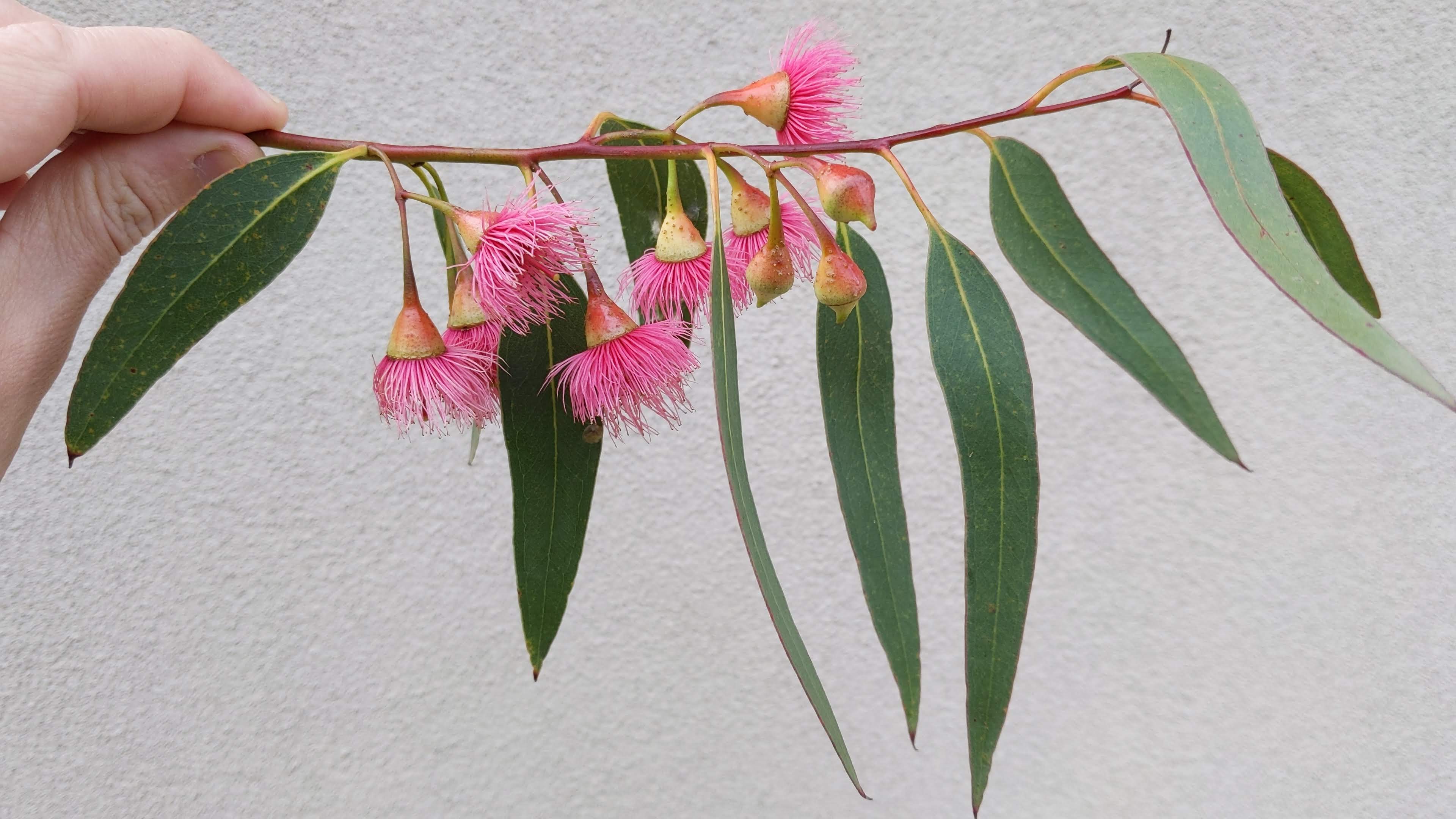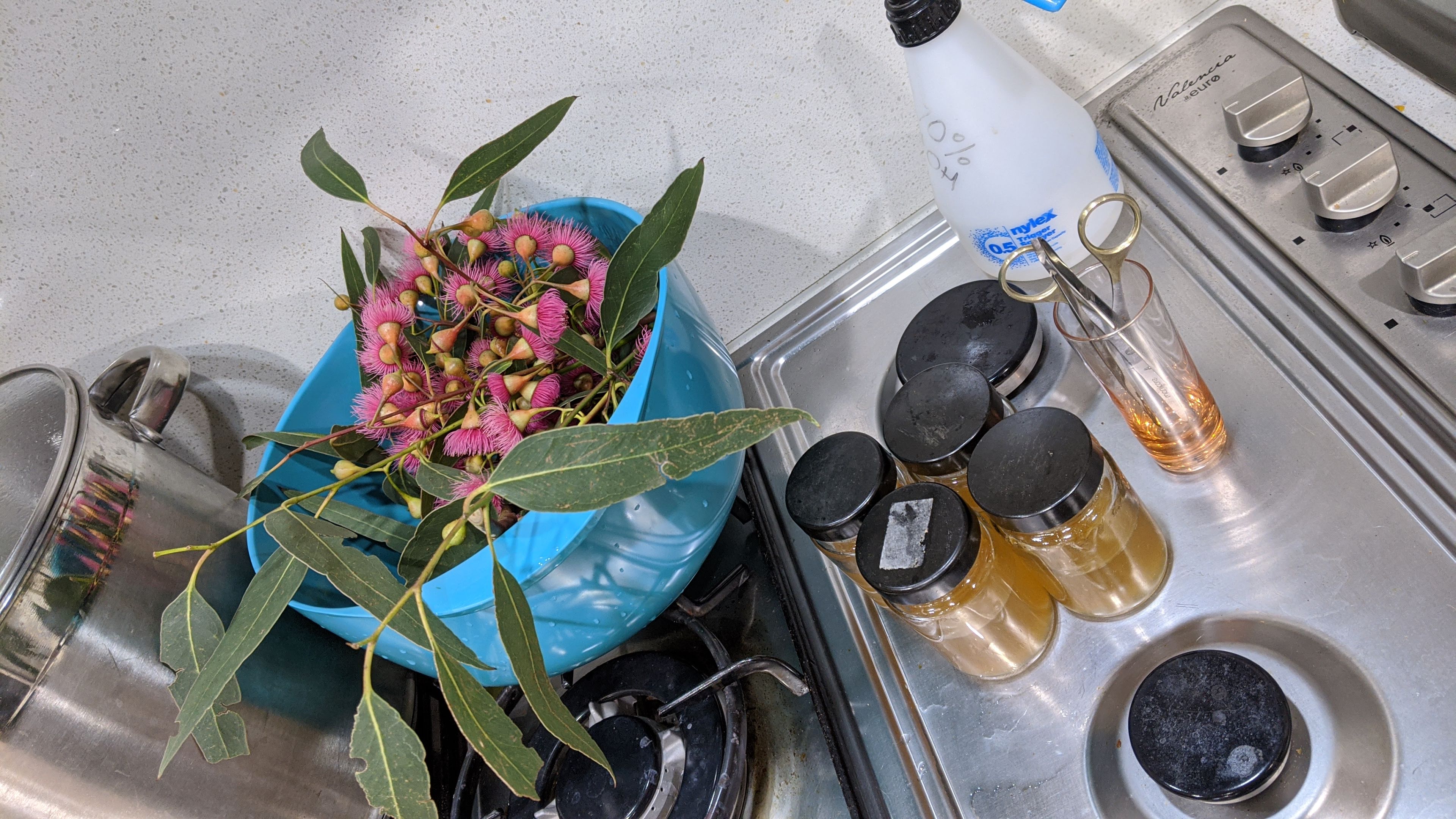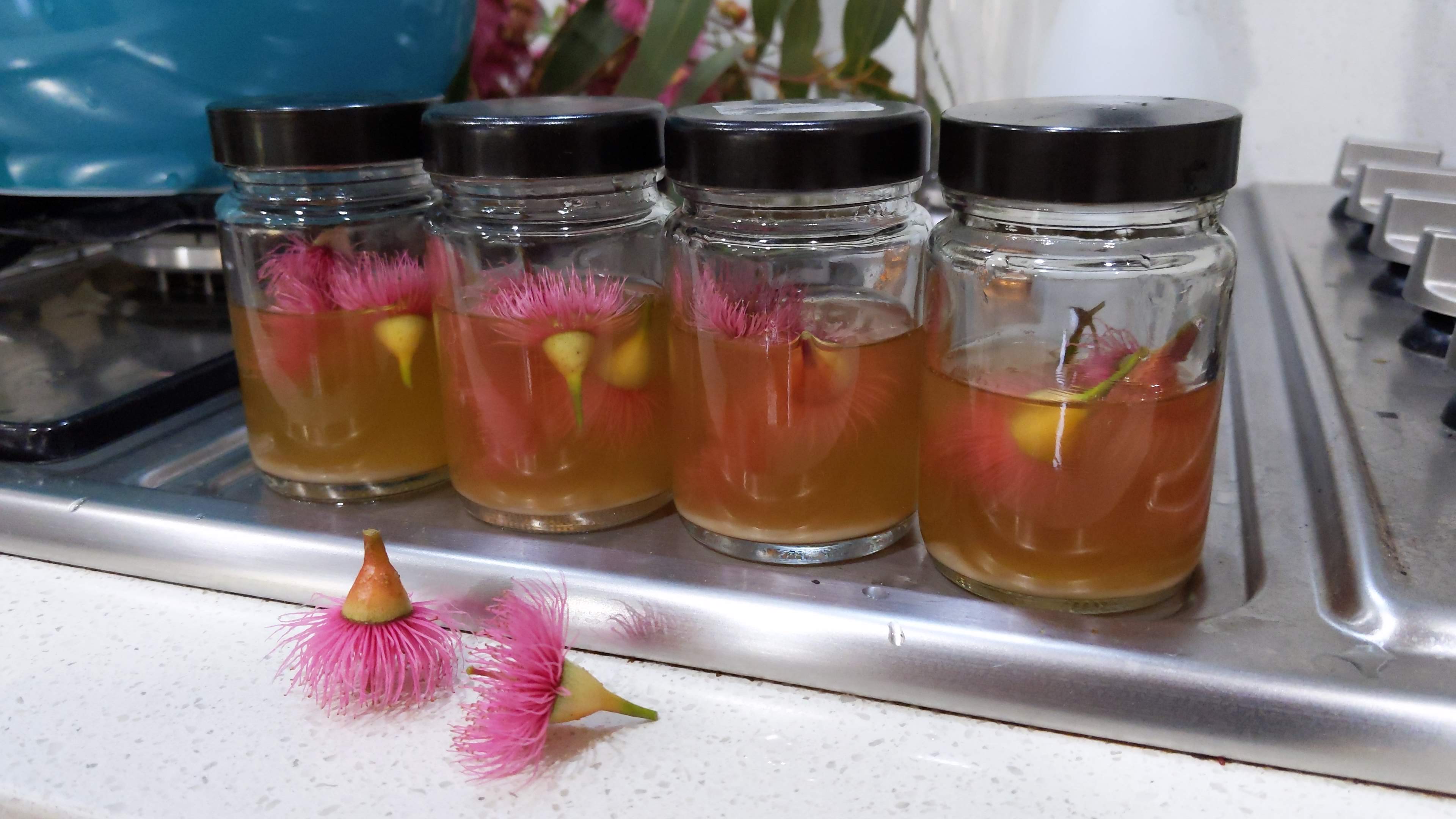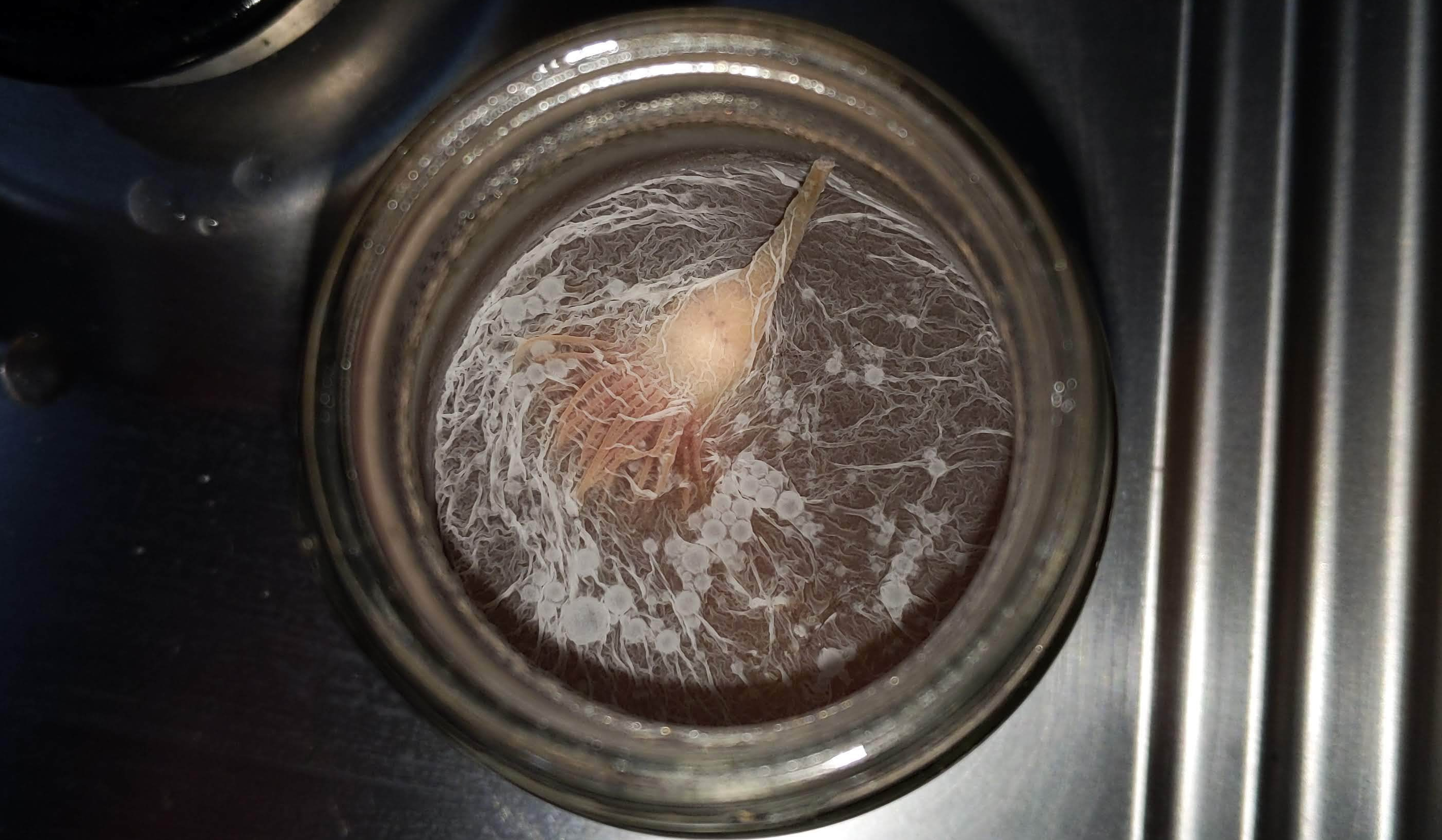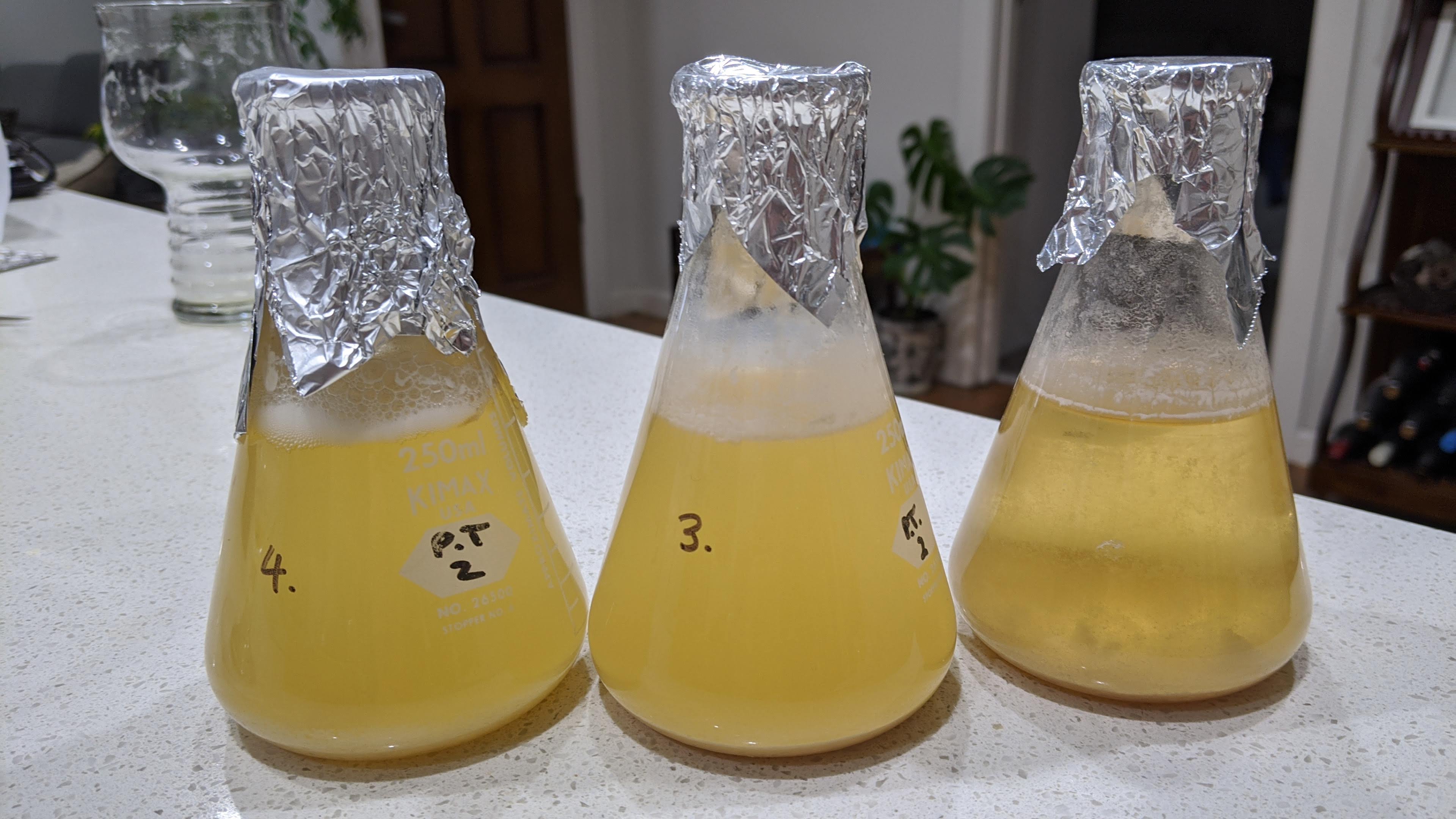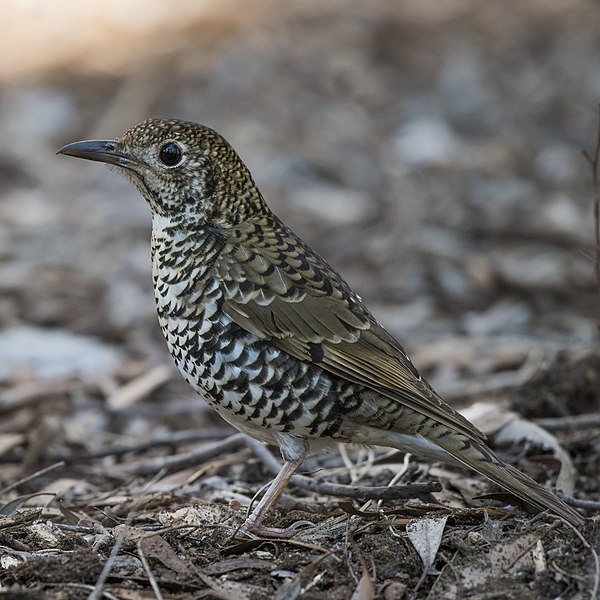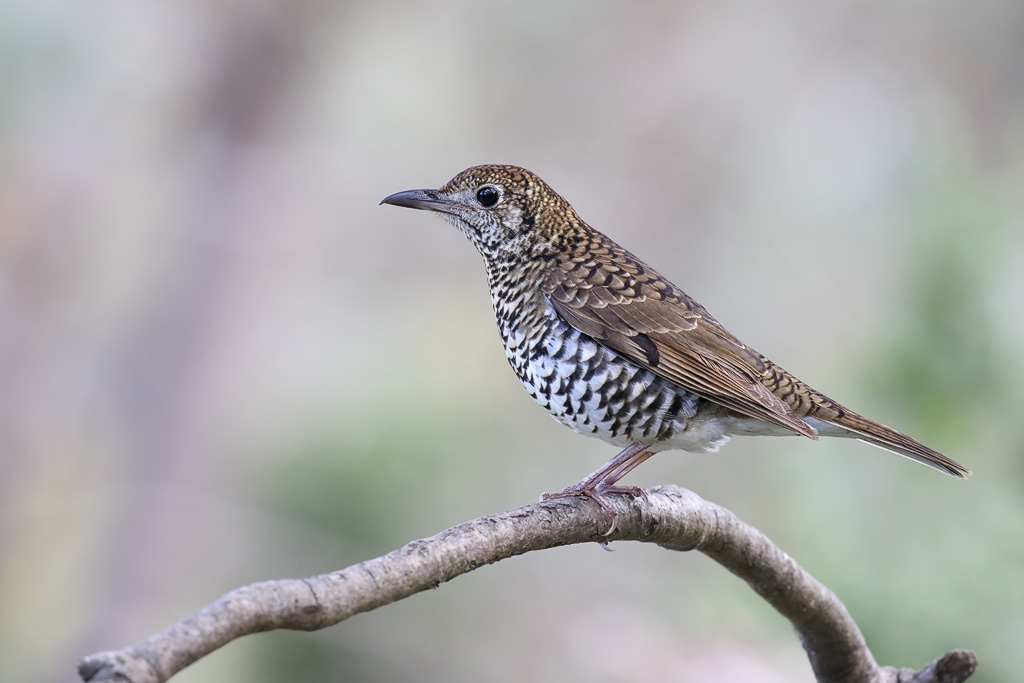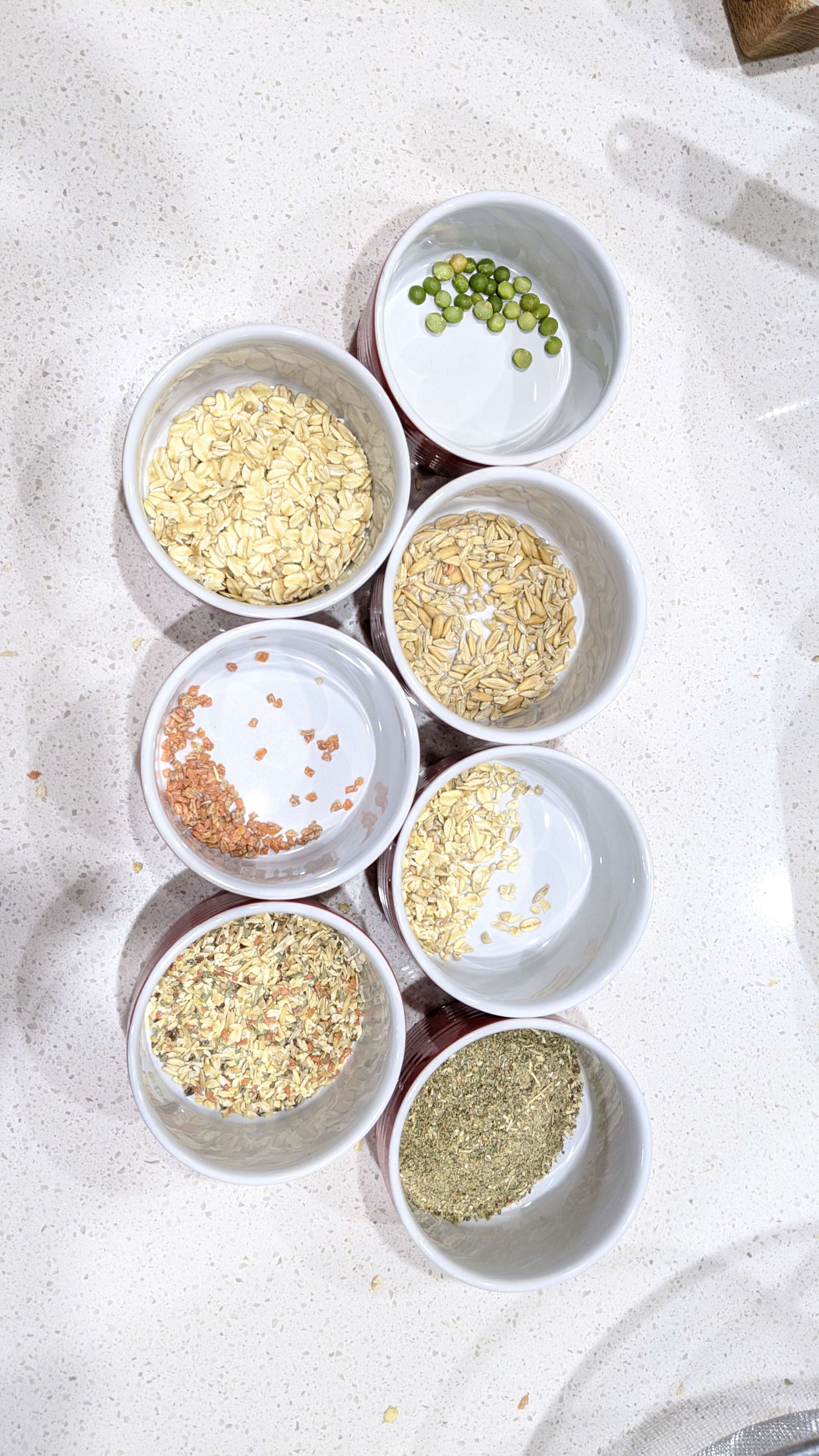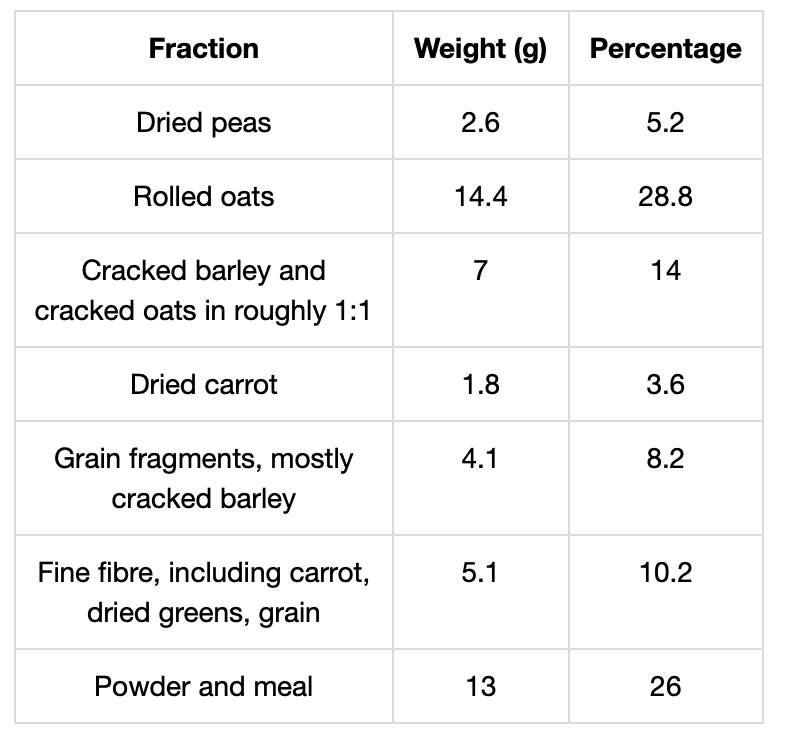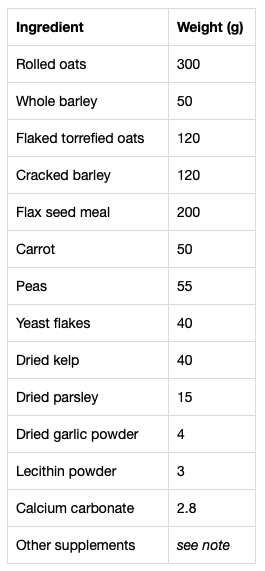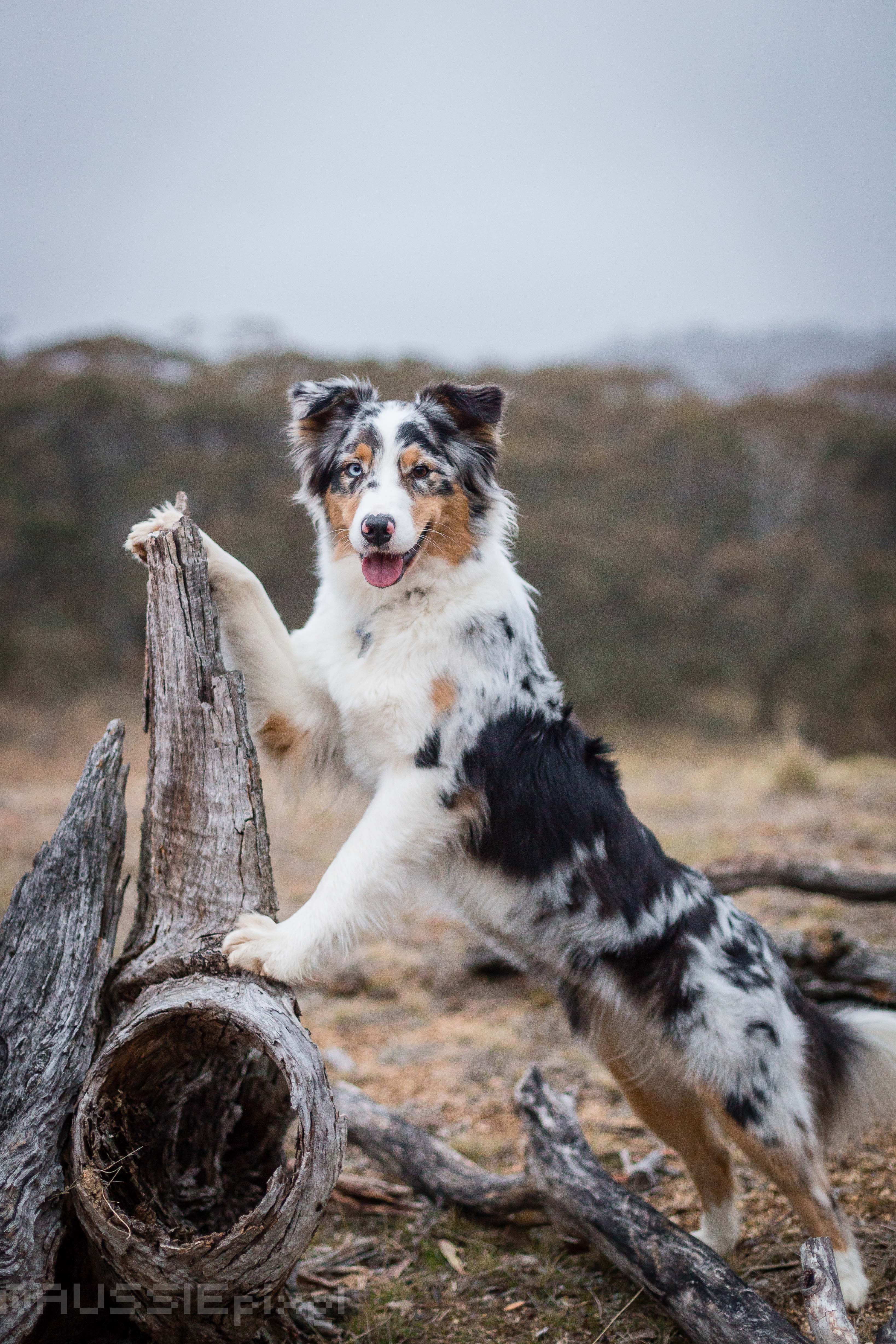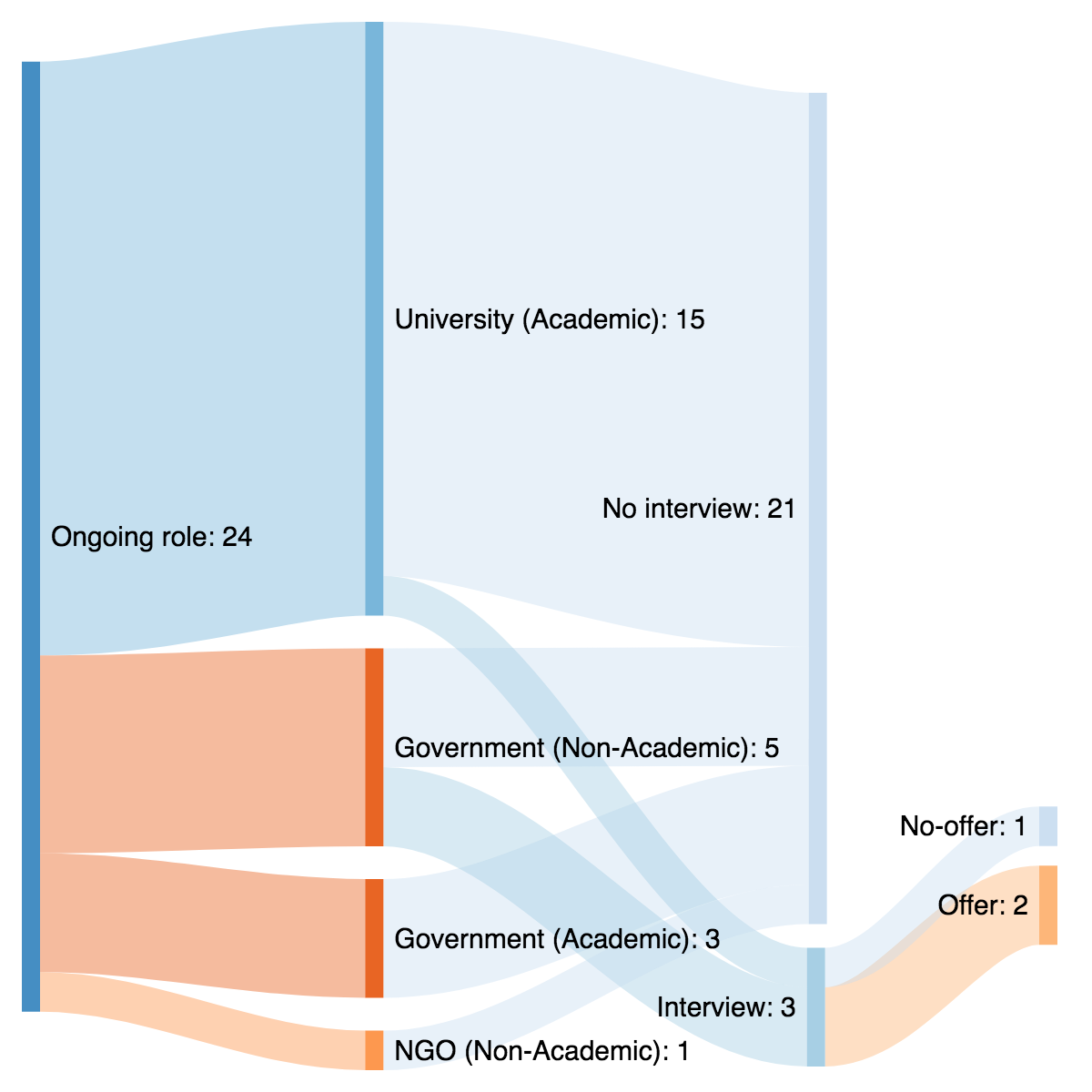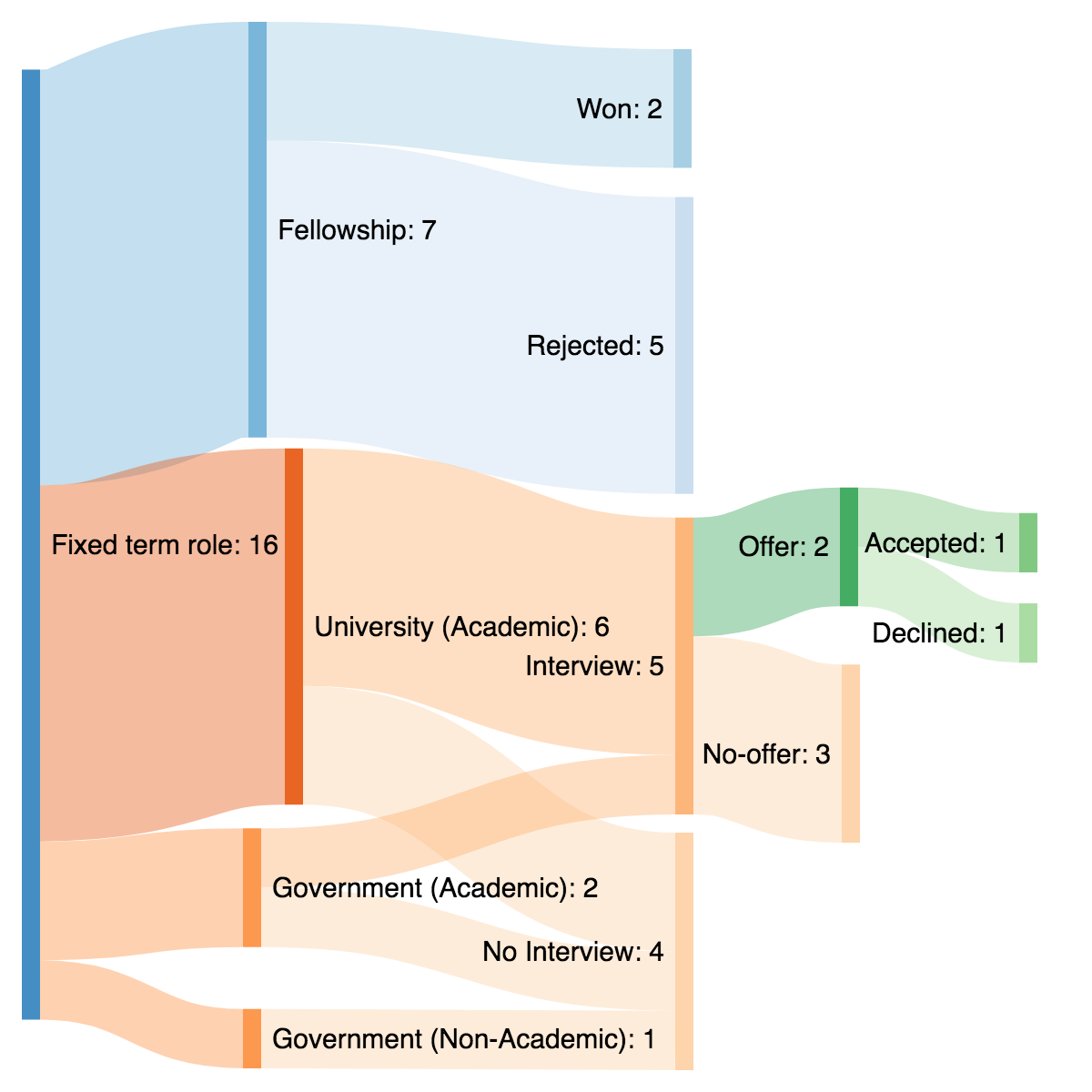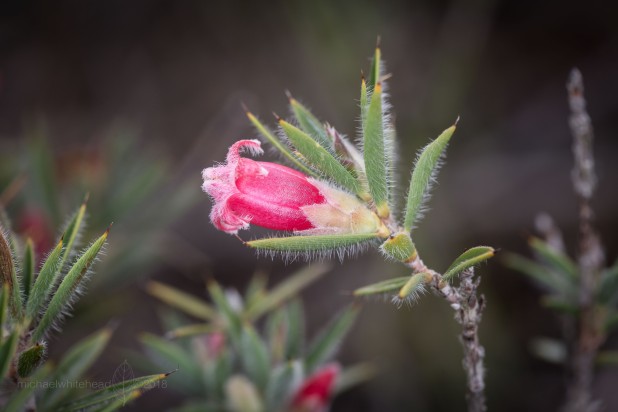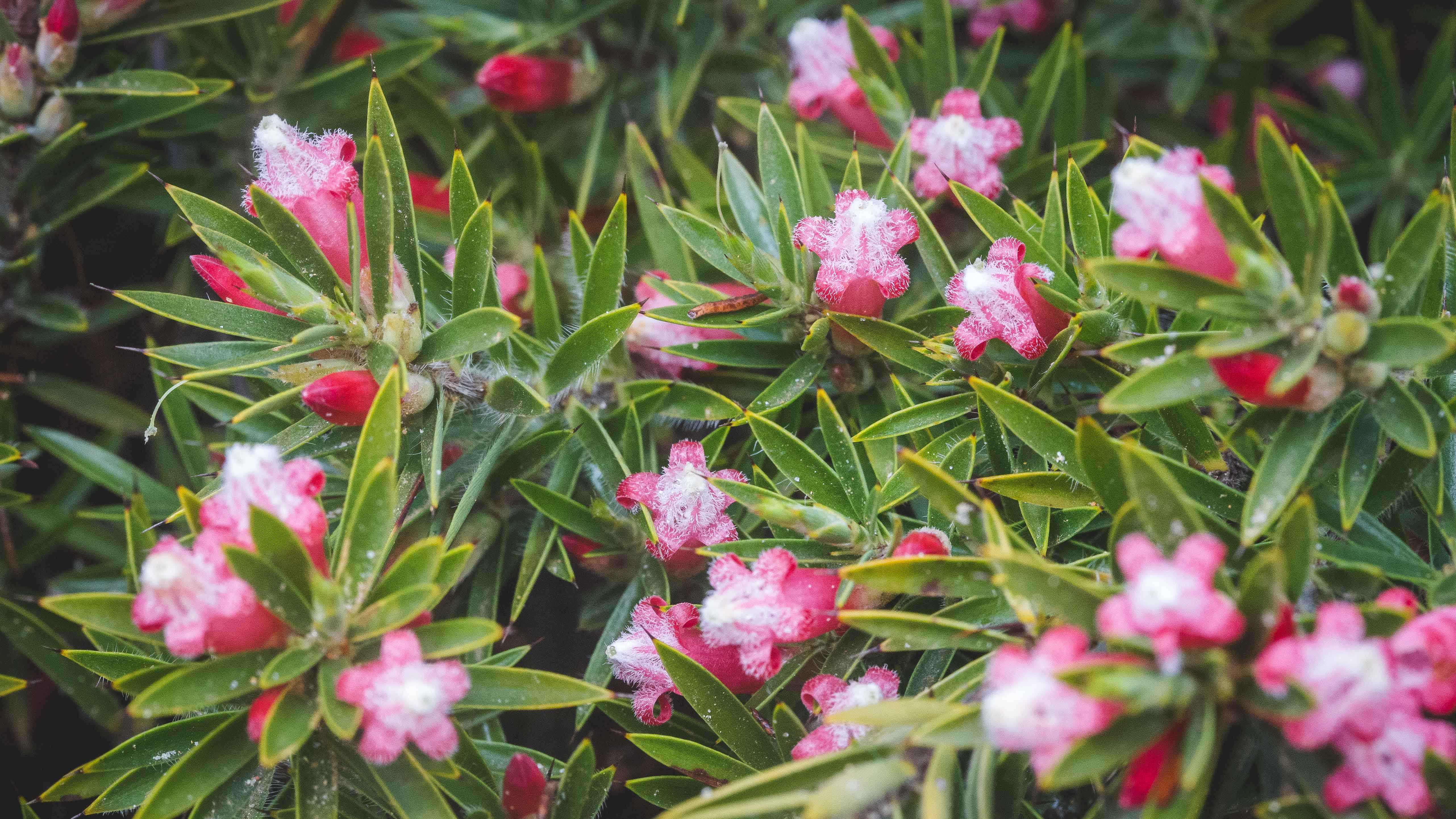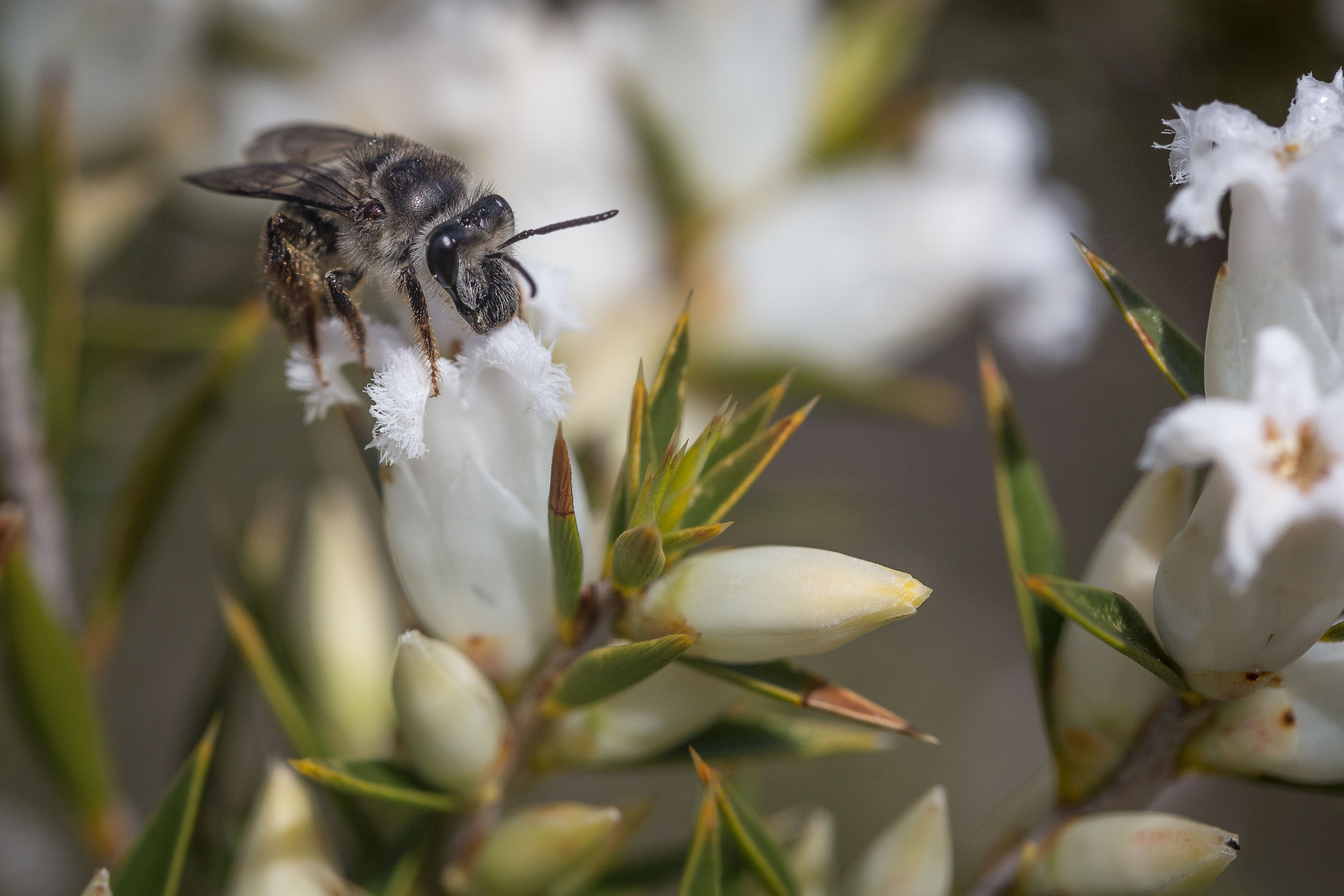Building resilience in the face of career anxiety…
One of my favourite plants.
In arid Southern Africa there exists a most fantastic species of cucumber. Like other cucumbers, its fleshy fruits are refreshingly high in water. Unlike just about any other flowering plant, these fruits develop beneath the ground, concealed and entombed by soil and sand. This bizarre trait gives the cucumber its scientific name: Cucumis humifructus, humi- referring to soil, fructus referring to fruit. To understand this deviant fruit, you must know who or what is responsible for fulfilling the purpose of this, or indeed any fruit: to promote the spread of its seeds. The only creature capable of finding and eating the fruit of Cucumis humifructus is one of our most fanciful and enigmatic mammals: the Aardvark. And this gives the plant its common name: the “Aardvark Cucumber“. In the context of seed dispersal, Cucumis humifructus is an extreme ecological specialist, having evolved to employ just a single species to eat its fruit and distribute its seed. The Aardvark itself is also an ecological specialist, its diet is composed exclusively of ants, plus the occasional Aardvark cucumber.
One of my favourite animals.
The Queensland Lungfish (Neoceratodus forsteri) is one of only a handful of extant lobe-finned fishes, having existed largely unchanged for over 100 million years—a time when the Cretaceous Empire of the Dinosaurs was at its ferocious zenith. The fish is remarkable for having the ability to breathe air via a rudimentary lung, which when combined with its fleshy limb-lobes, gives it the power to locomote and survive for days out of water. It is also the only fish with a soul (Figure 1). The age of first breeding for a lungfish female is 22 years. Read that again. 22 years! Lungfish development and reproduction is a longer and more drawn-out affair than our own spawning. You see, the lungfish is what ecologists would class as a K-selected organism, she grows slow, reproduces slow, and invests heavily in a few offspring. A temperate and upstanding lungfish will lay a few hundred eggs over her lifetime, while for contrast, the profligate and rapacious common carp can spawn 300,000 in a single season.
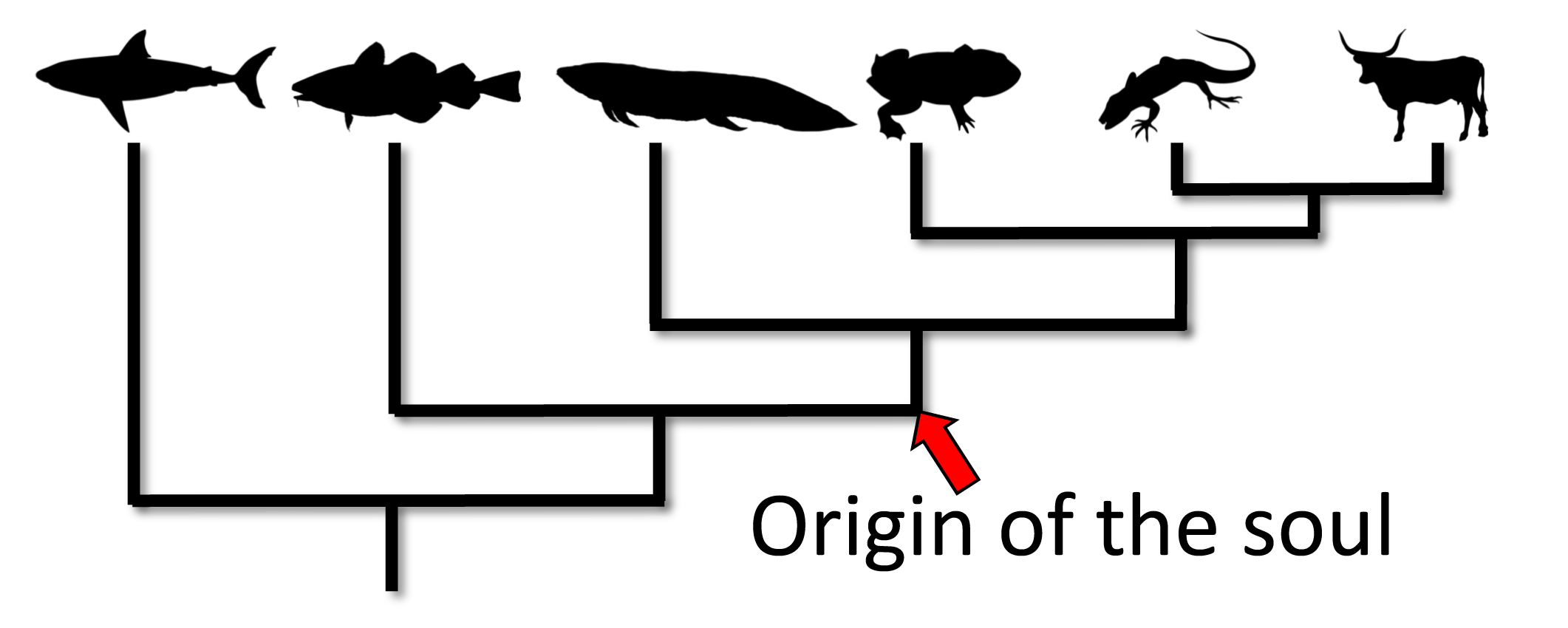
Figure 1: Cladogram for the vertebrates placing the evolutionary origin of the soul approximate to the divergence of the Actinopterygii.
The maladapted postdoc
So here I’ve described the extremities of two separate axes in ecological strategy. The generalist-specialist axis describes the narrowness with which certain organisms have adapted to specific niches in their environment. A generalist can tolerate a wide range of environmental variables, while specialists (Aardvark cucumbers) are exquisitely adapted to maximising the narrow case. The r- and K- selected life histories describe how organisms reproduce and grow, from boom-bust generations and mass dissemination of cheap offspring, to the heavy investment and delayed pay-off of fewer offspring, with better odds of survival for each one.
Academic science incentivizes production of K-selected specialists. Specialists are encouraged, and rewarded, because one has to specialise to not only reach the horizon of knowledge for a subject, but also to contribute to moving it back a meaningful amount. And academic scientists are K-selected. The gestation and development of a scientist is slow and long (4 years undergraduate and 3 years PhD at minimum), and the best outputs of academics take years to produce. It routinely takes years to get an original study from idea, to funded, to conducted, to published. It can routinely take a year to merely progress a paper from first submission to publication!
The problem with being a K-selected specialist however, is that they do very poorly in unpredictable and variable environments. The early career trajectory in research science is both highly unpredictable, and highly variable. With the scarcity of jobs, fixed term contracts lasting a maximum of three years and most frequently shorter, and low funding rates in grant schemes exacerbated for the young, those navigating this foggy career path frequently find themselves dealing with the anxiety of not knowing where or who they will be working with in the coming months. Add to that most support for ECRs drops off after five years, and its a direly unpredictable environment for a K-selected specialist to find itself in.
There are plenty of other careers that are similarly “contract-to-contract”. Freelancers, some Government roles, creatives, consultants, and so on. Compared to those careers though, academic success depends on the outcomes of projects borne of very long gestation periods (K- selected outputs). For a researcher, it can feel pointless developing new ideas, growing new collaborations, and applying for research funding if the funding outcomes are not known for nine months, and the money won’t be available for another six months—a future point for which they cannot forecast their own employment status. Therefore, many researchers must prepare to walk away every couple of years, a cycle that corrodes career momentum and mental health.
Learning to be ok with uncertainty
At the end of my first postdoc, I had a crisis. The end was steaming up and I had nothing to go to. While it’s a common feature of academic careers, no one knows how they will handle it until they get there. For many, it’s tough. The anxiety of the unknown can run riot through your life, dominating thoughts, detracting from focus at work, interrupting sleep, and sapping motivation—a cloud of noxious gas growing in saturation as the contract end date approaches.
I wasn’t totally surprised that it was hard to nail down another job straight away. What really caught me by surprise was how I responded to the uncertainty. Since I was a kid I had wanted to be a scientist, and now confronting the long-held idea that I may not be a professional biologist challenged a deeply held and largely unexamined part of my identity.
I was able to jump that chasm in 2015, and I’m on my third contract since that time. But I’m glad I went through that, because it forced me to face uncertainty, reflect, and adapt. I have learned to be ok with uncertainty, and today look at the possible future extinction of my research science career with much less emotion than I did four years ago. Not to say I don’t occasionally have bad days, but the days of amity now outweigh the days of anxiety.

The resilient postdoc
In case the time I have invested in wrestling this might return some interest for postgrad students and postdocs with the same worries, here’s some unsolicited advice on building resilience in the face of postdoc career anxiety.
Where are the exits? The most important and productive thing to do is prepare yourself for an exit before you need it. I have a whole post on this in the works. So for now, lie down on this couch and lets talk about our feelings.
Is your job your identity? This is both an asset and a liability. Academic careers reward those who let career conform the shape of their lives. Surrender to it and your platter of opportunities broadens. But hitching your identity to a job also makes you vulnerable when things aren’t working out at work. Finding meaning outside of work is a healthy strategy for taking pressure off career as a means to fulfillment. Think of it like an investment portfolio, spreading risk and associated reward. If your relationships, family, pets, hobbies, community work etc are thriving and fulfilling, you’ll be buffered against career anxiety.
Another sensible strategy is re-framing your identity around skills, rather than a role. The talents and skills you hone are more a part of you than the job title, however society more often places prestige on the title, not the skills.
Thinking about what else you could or should be doing is totally normal. Everyone is doing it, all the time. Most postdocs I talk to, many lecturers, most people in most jobs. I don’t know if this cognitive bias has a name, but it probably should. There’s no harm in occasionally fantasizing about the vineyard/cafe/photography/alpaca business you could go and open, but you’re probably falling victim to the focusing effect (see below).
Exiting academia won’t be your last move. There’s only so much momentum a publication record gives you to exit, re-enter and remain competitive. This increases the stakes on the decision to leave or not. However your first move out of academia need not be immune to revision. Release yourself from the pressure of finding the perfect job straight out of research. Trying new things is the only way to settle on what works for you, and in many ways researchers have been conditioned to avoid swapping and changing, because singular focus and narrow expertise is rewarded in academia.
Beware the grass-is-greener. Focusing on contract impermanence might lead you to think that other jobs with ongoing status are more desirable than they really are. This is the focusing effect, where we compare complex things along only one or two axes of variation. Plenty of people with ongoing jobs are unhappy and think your job looks marvelous because…
There are perks to this job. In science and academia we have the opportunity, at times, to make work a pleasure. Take advantage of that. If you’re not going to get to do this job forever, focus on the good things, don’t make it shit for yourself. Enjoy the moment.
The abyss is exciting. The end of a contract and unemployment can be seen as a career existential oubliette, or an exciting opportunity forcing your hand into taking a risk and trying some new things. Framing is powerful. Deliberately try to look at the same event from different angles.
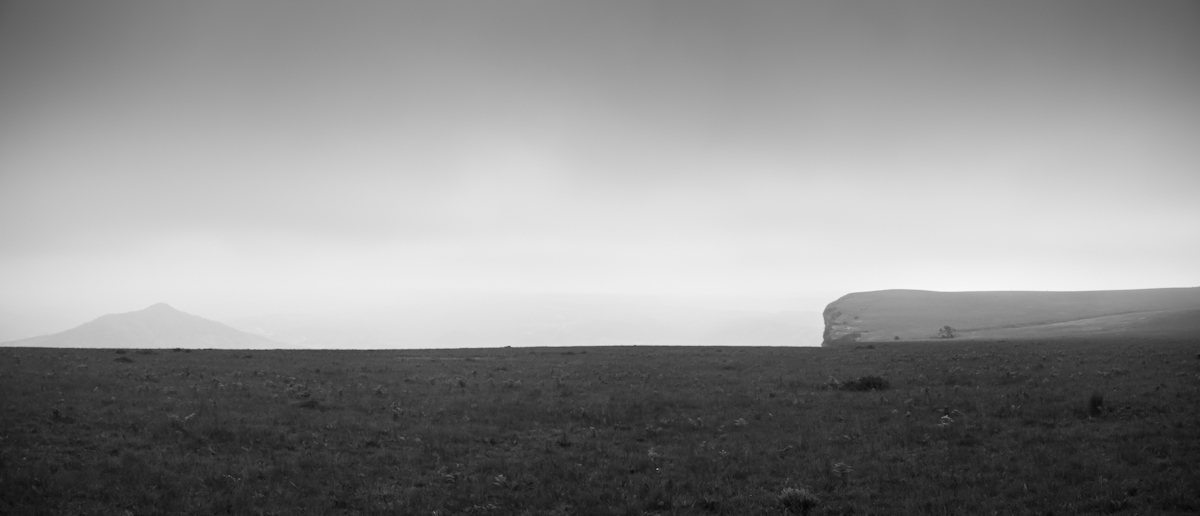
Talking to colleagues can get tough. Don’t whinge, but never avoid communicating the facts. If you let your anxiety too often cloud your interactions with co-workers, you will find no one wants to get stuck in a conversation with you. When you need to talk, find the colleagues/mentors who you trust and can speak to in confidence, vent to family/friends, or speak to a counselor.
Stop looking sideways. People are going to get the jobs you want and missed out on. People are holding jobs you could probably do better than them. Dwelling on the number of people with your equivalent expertise who have found an ongoing role is demoralizing and unhelpful. It is also classic survivorship bias. It is easy to count the number of jobs that get filled by someone other than you, but much harder to count the number of failed job applications alongside yours.
If you’re feeling down, get off Twitter. Academics on Twitter are commonly whining or flexing, neither of which will make you feel better.
You won’t starve, life goes on. You’re a highly trained, intelligent individual with skills to offer. I cannot speak for all economies, but in Australia there are jobs everywhere for people like you. It’s also the case that for most of us, we return to baseline fairly quickly and adapt to what’s in front of us. The very worst outcome of a career change is highly unlikely to live up to the weight of anxiety the transition can create.
